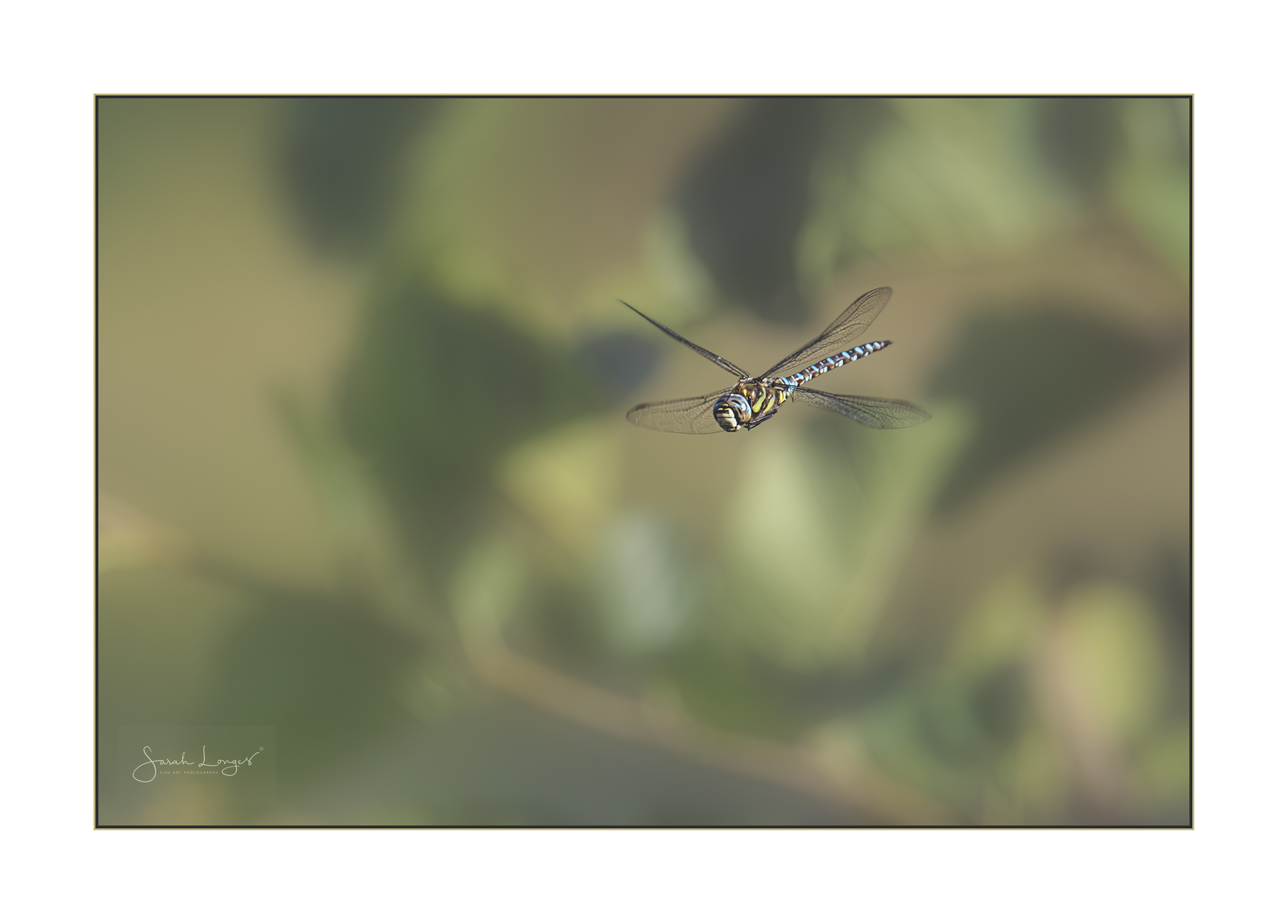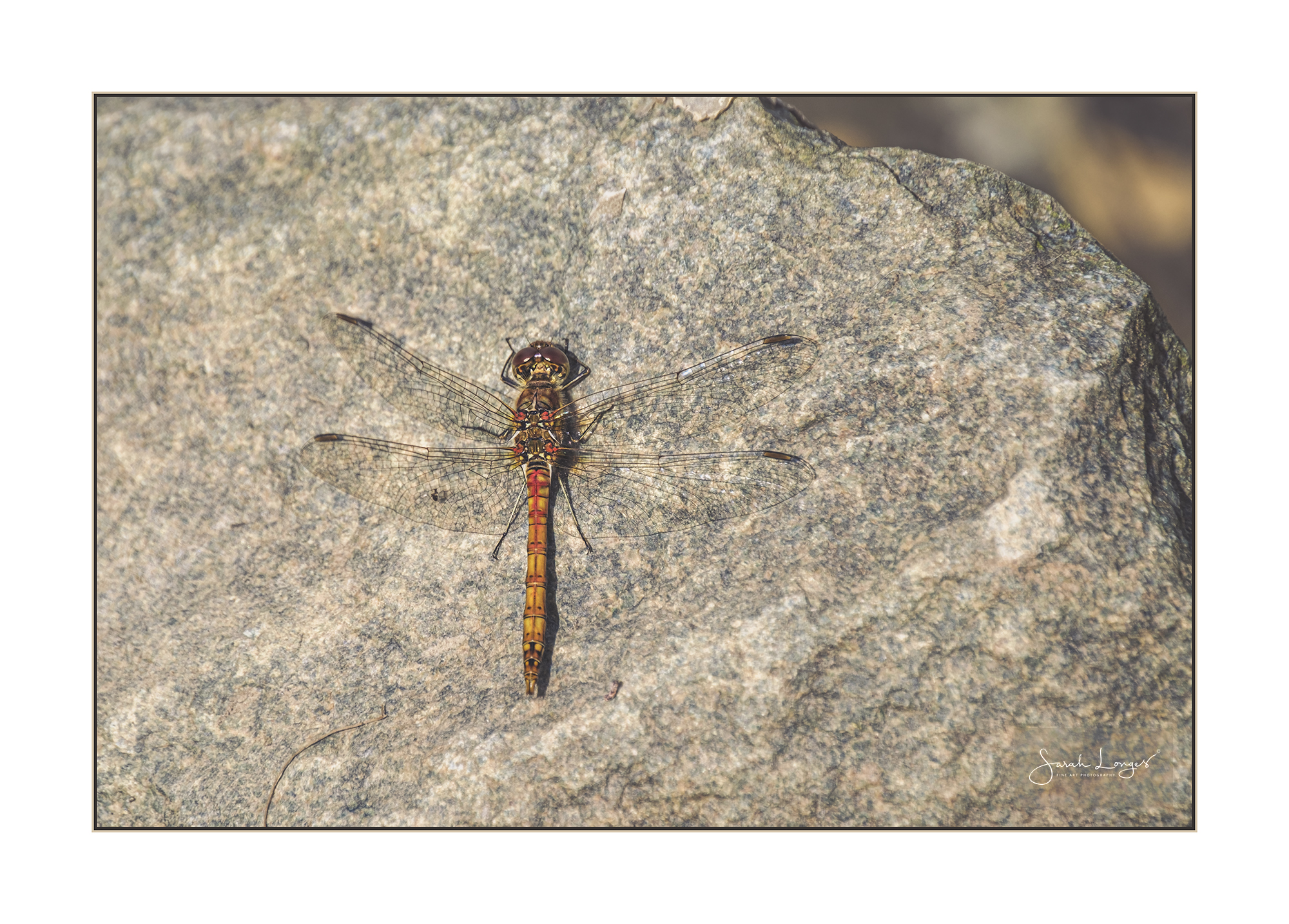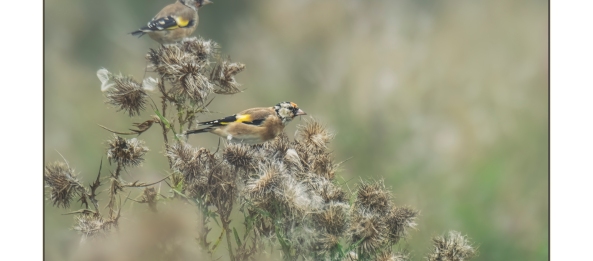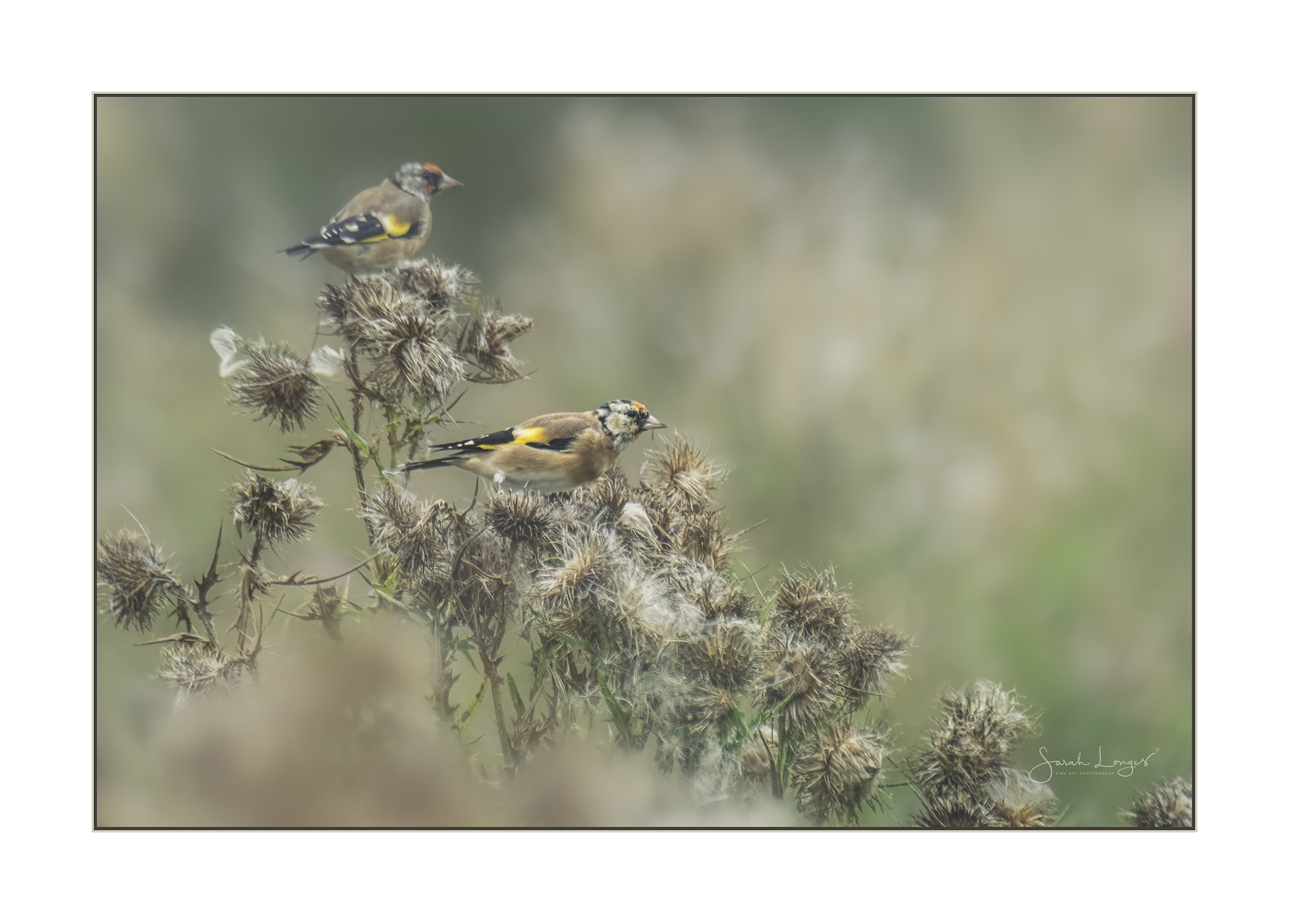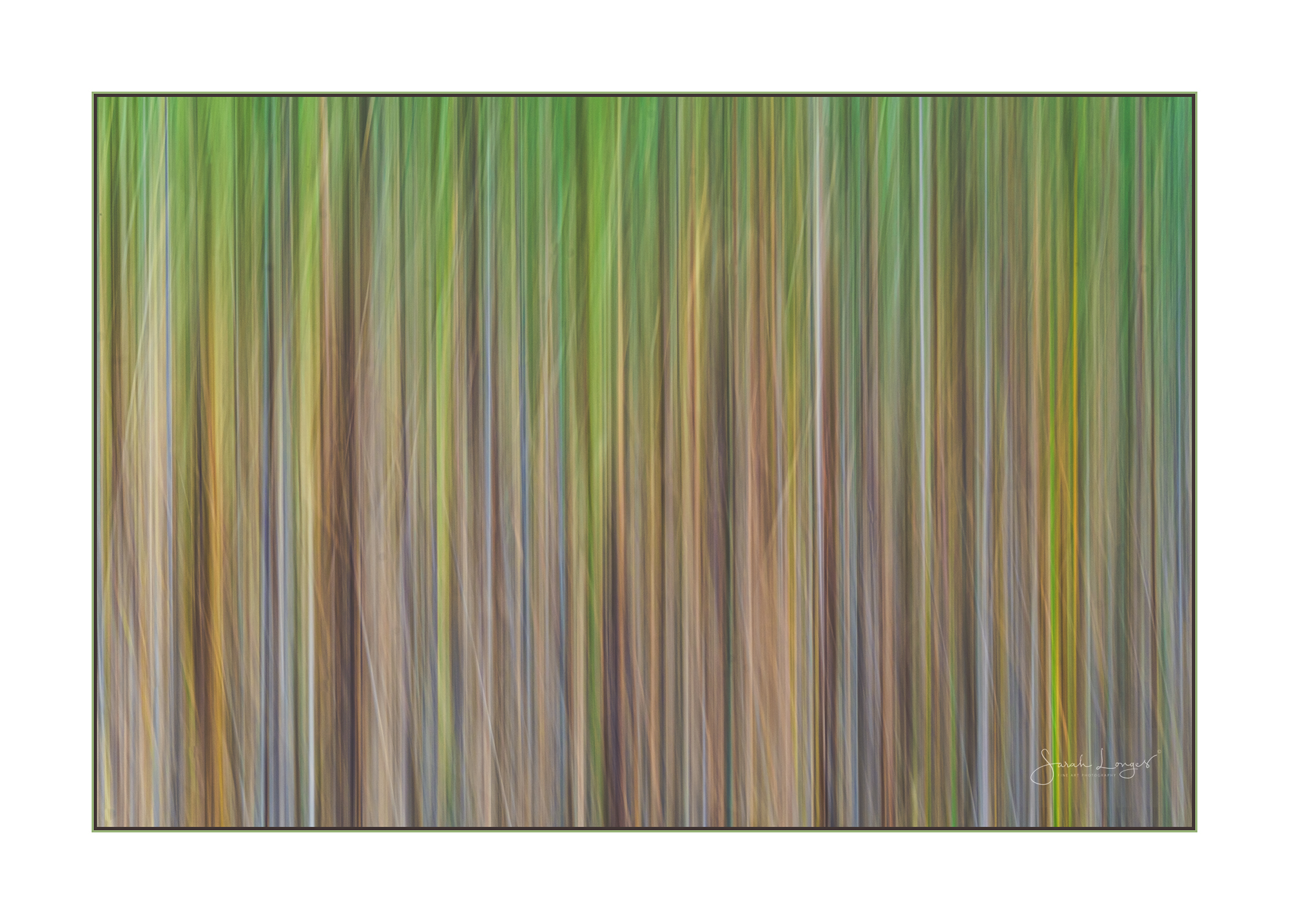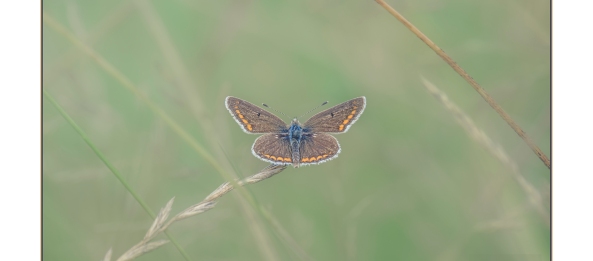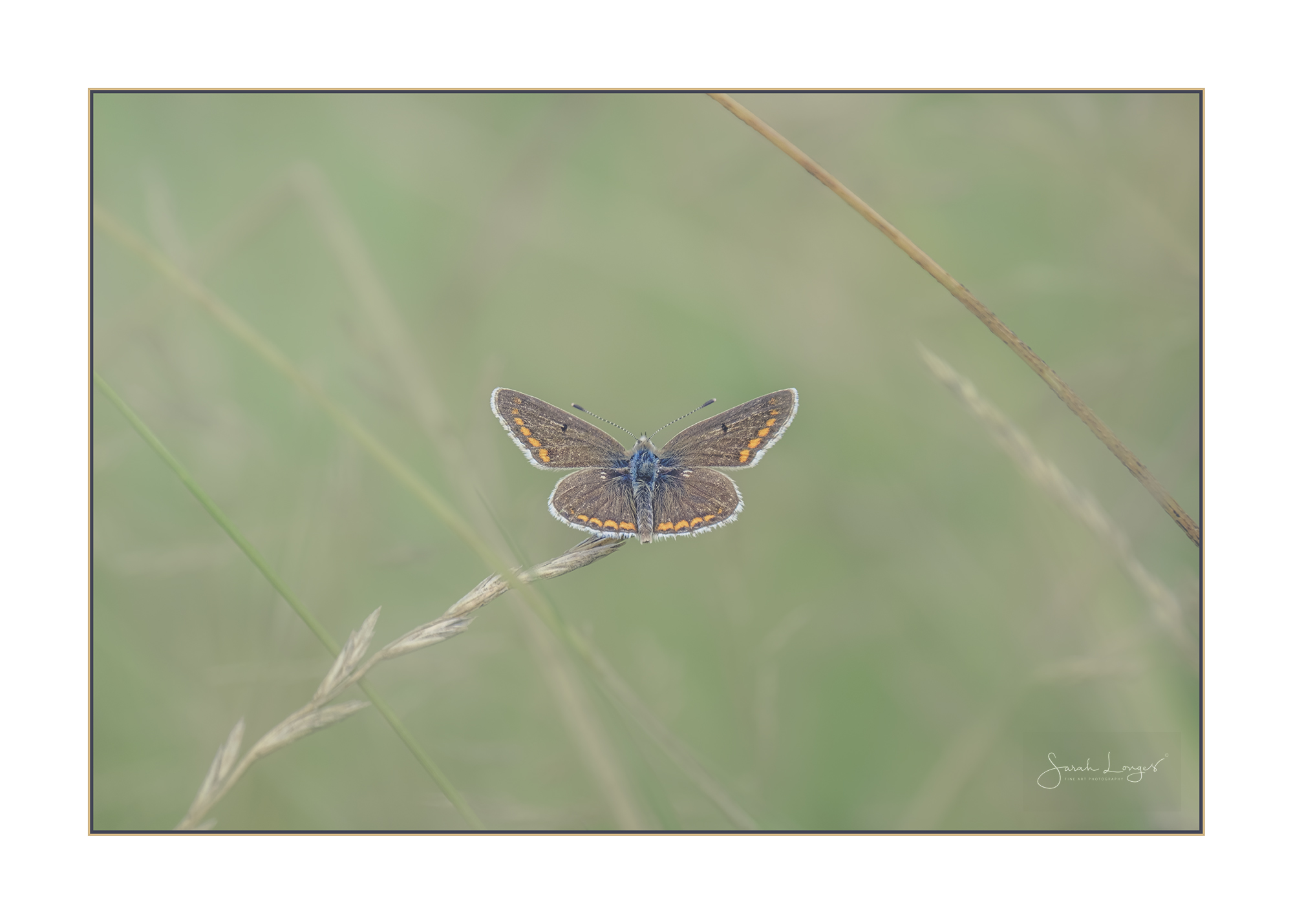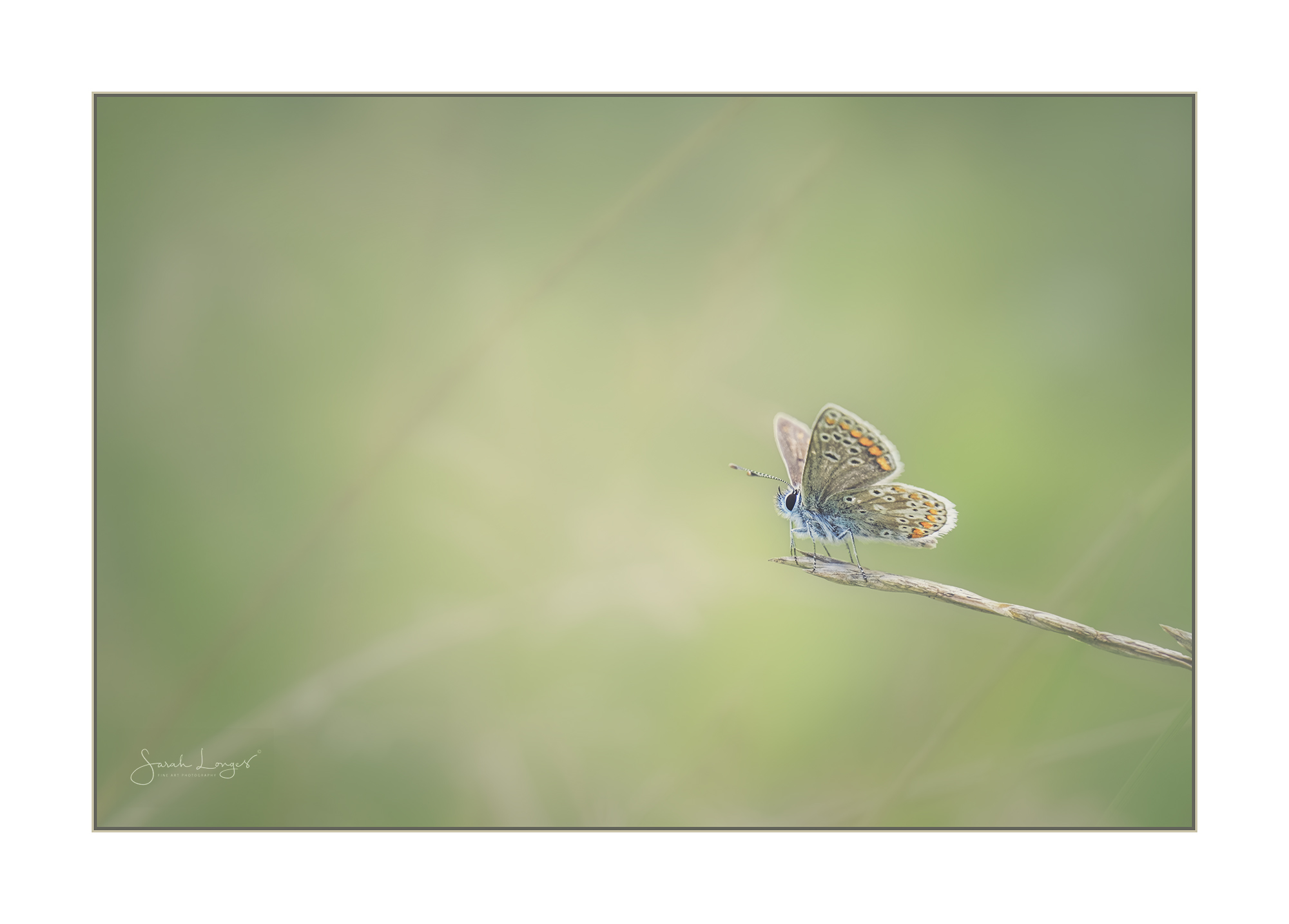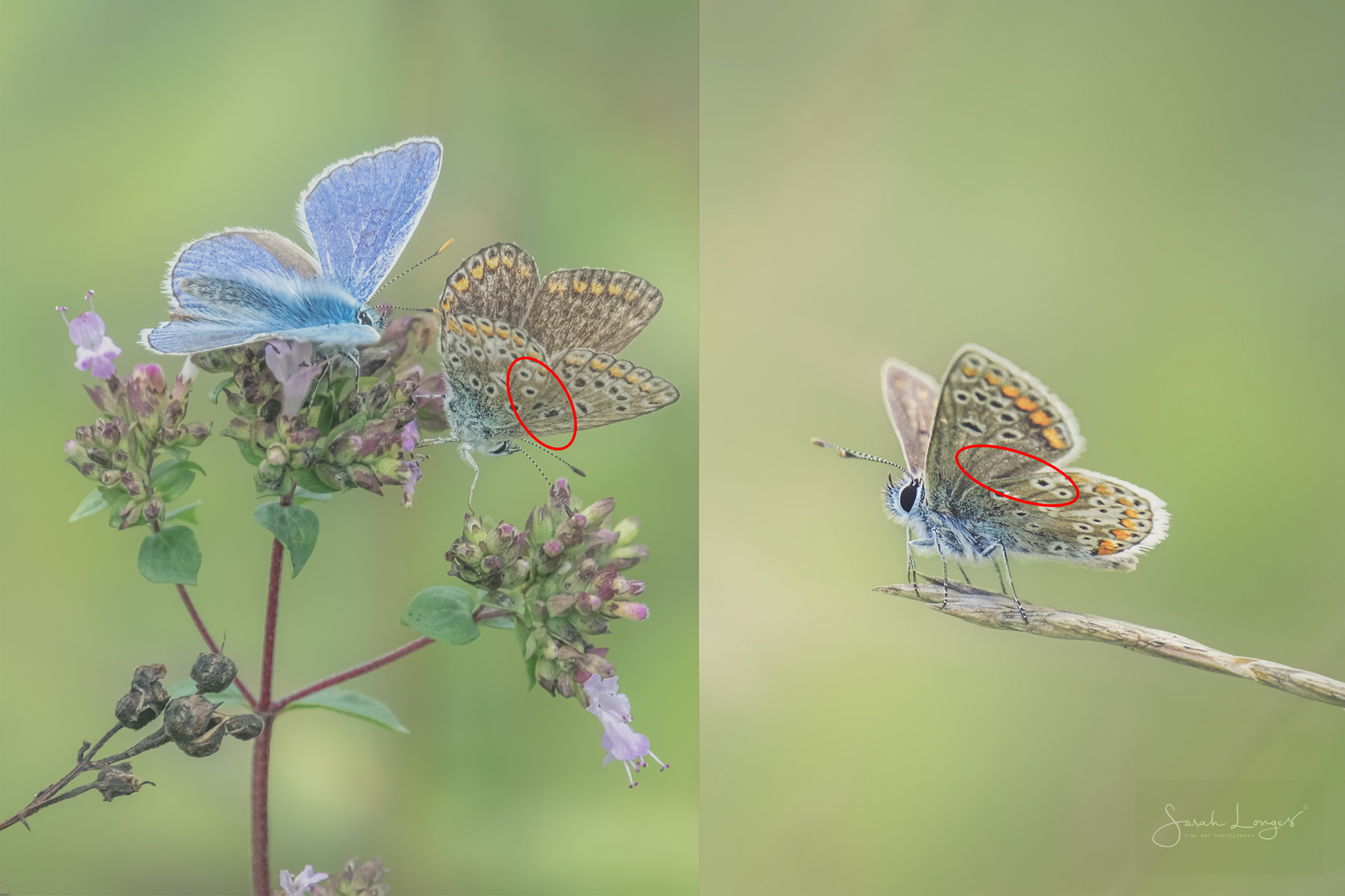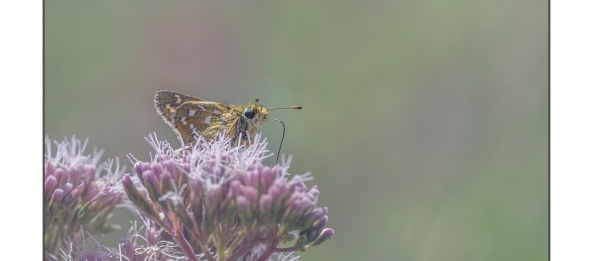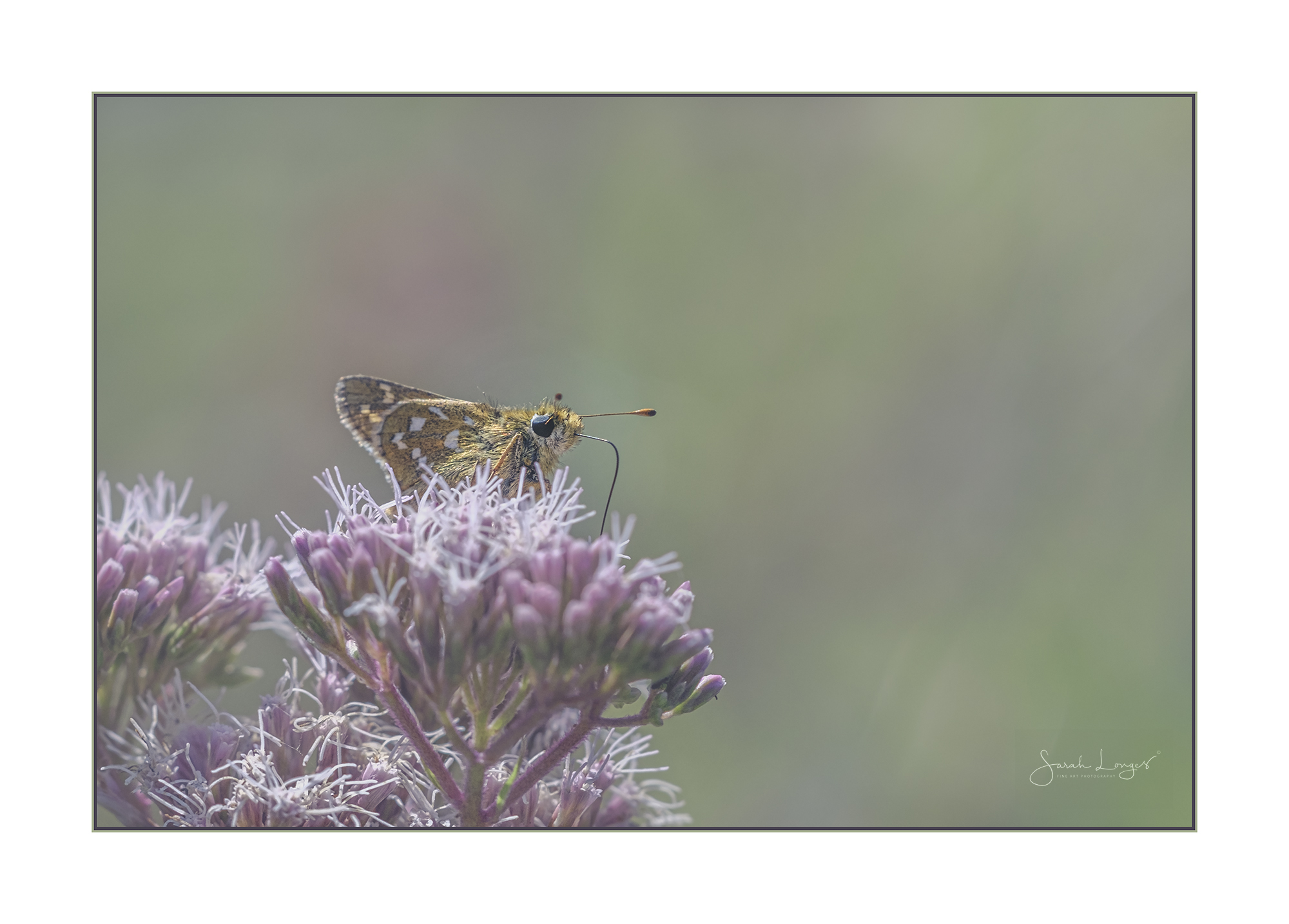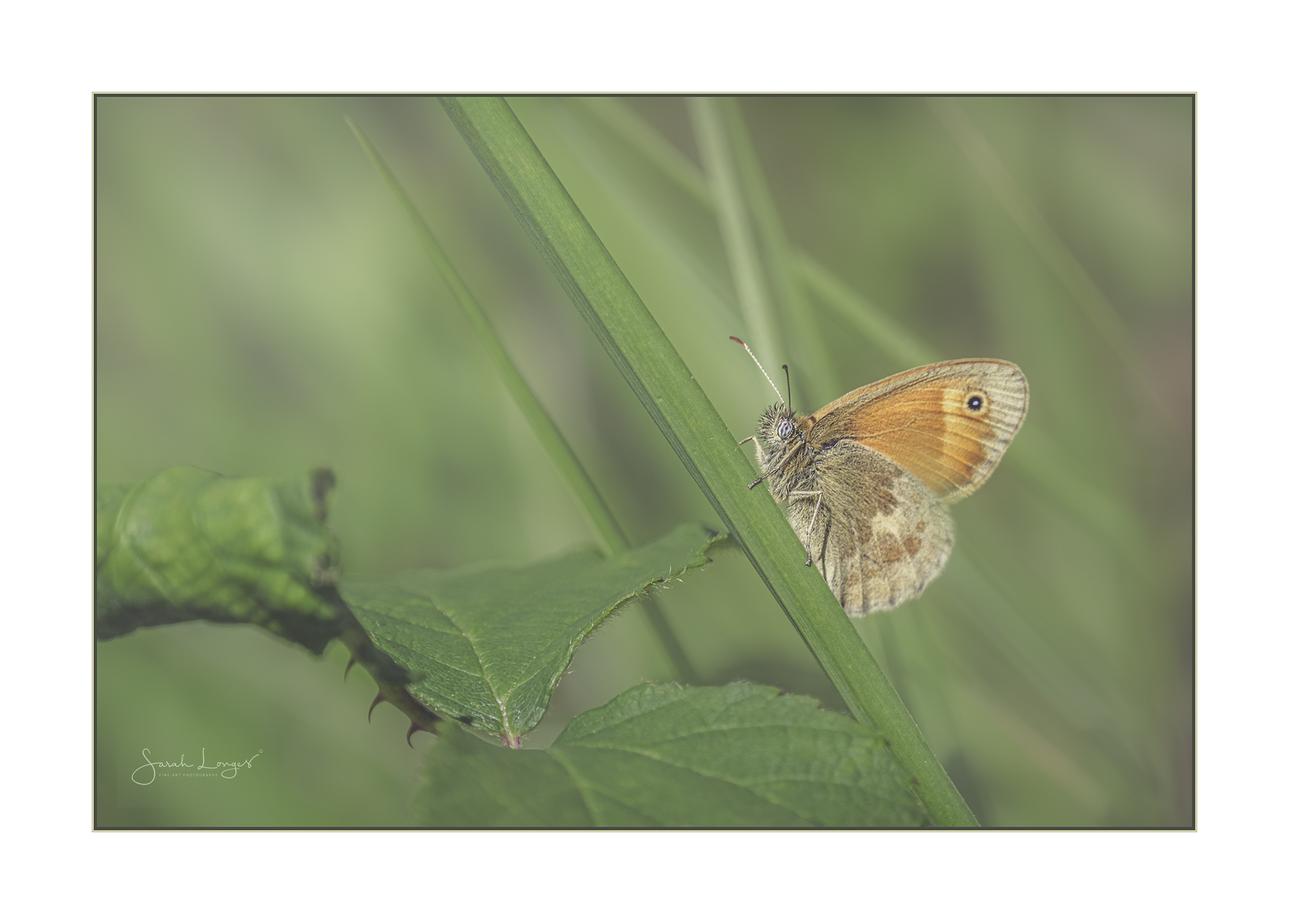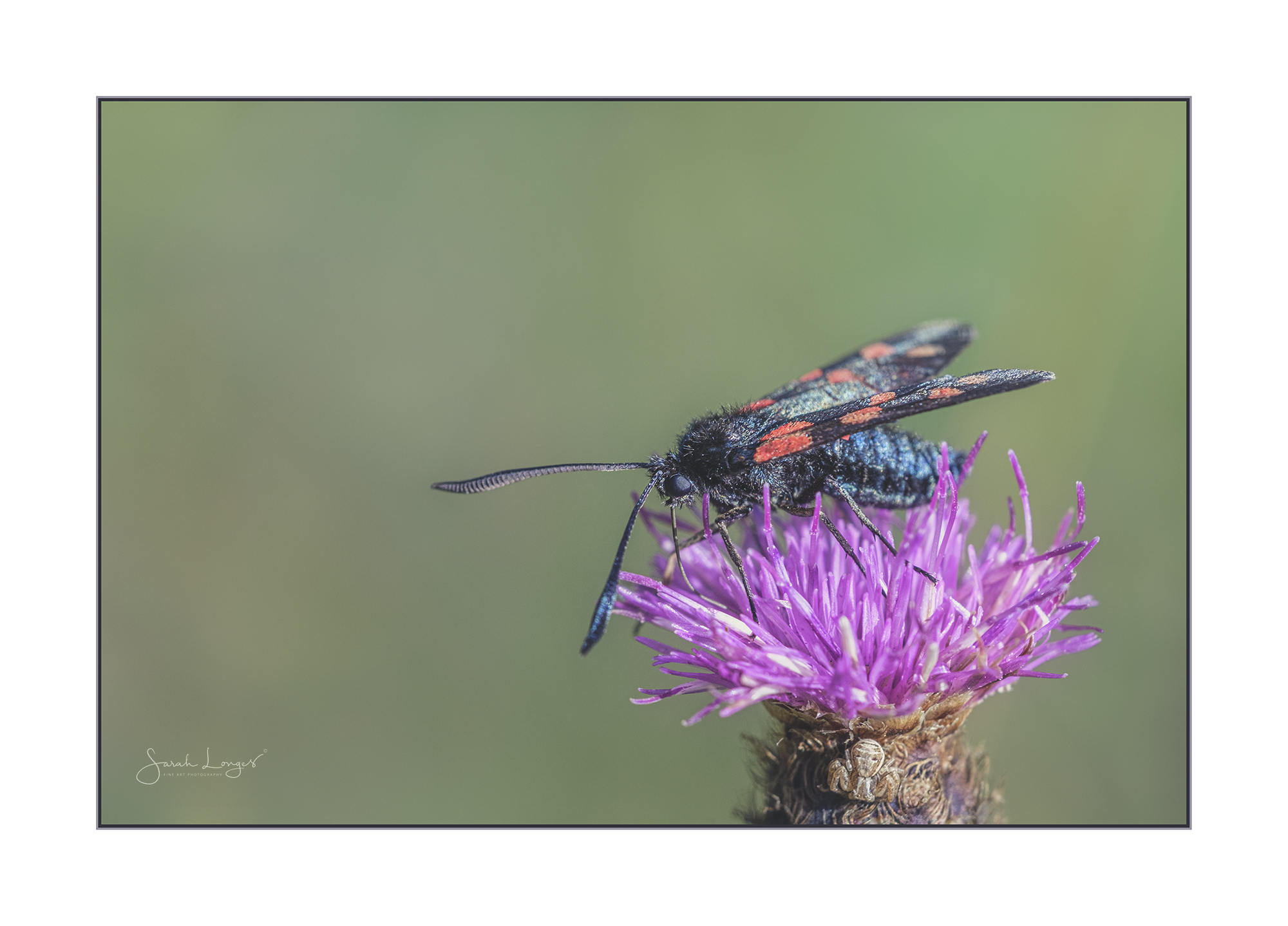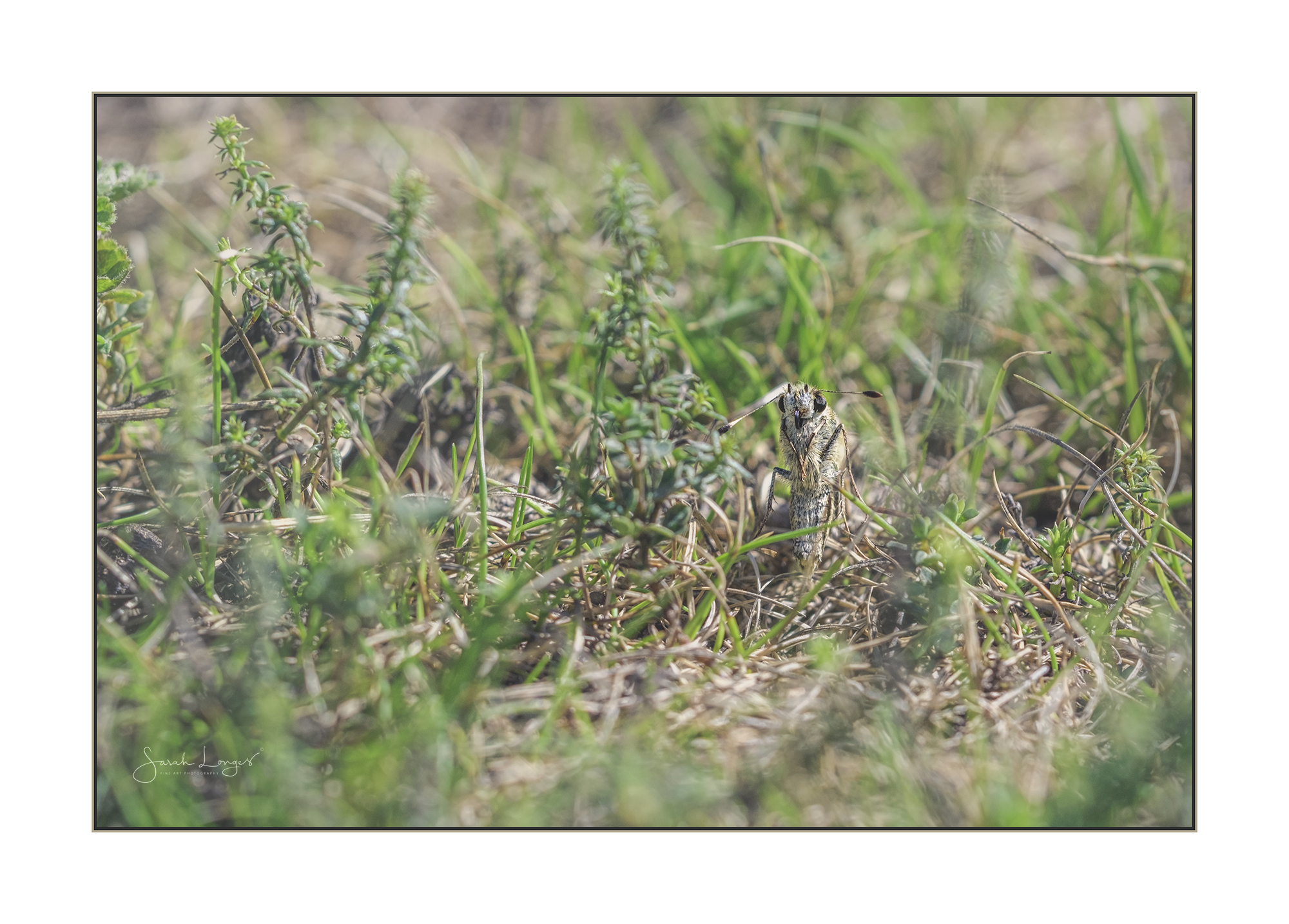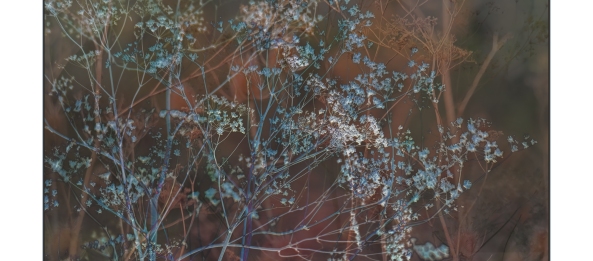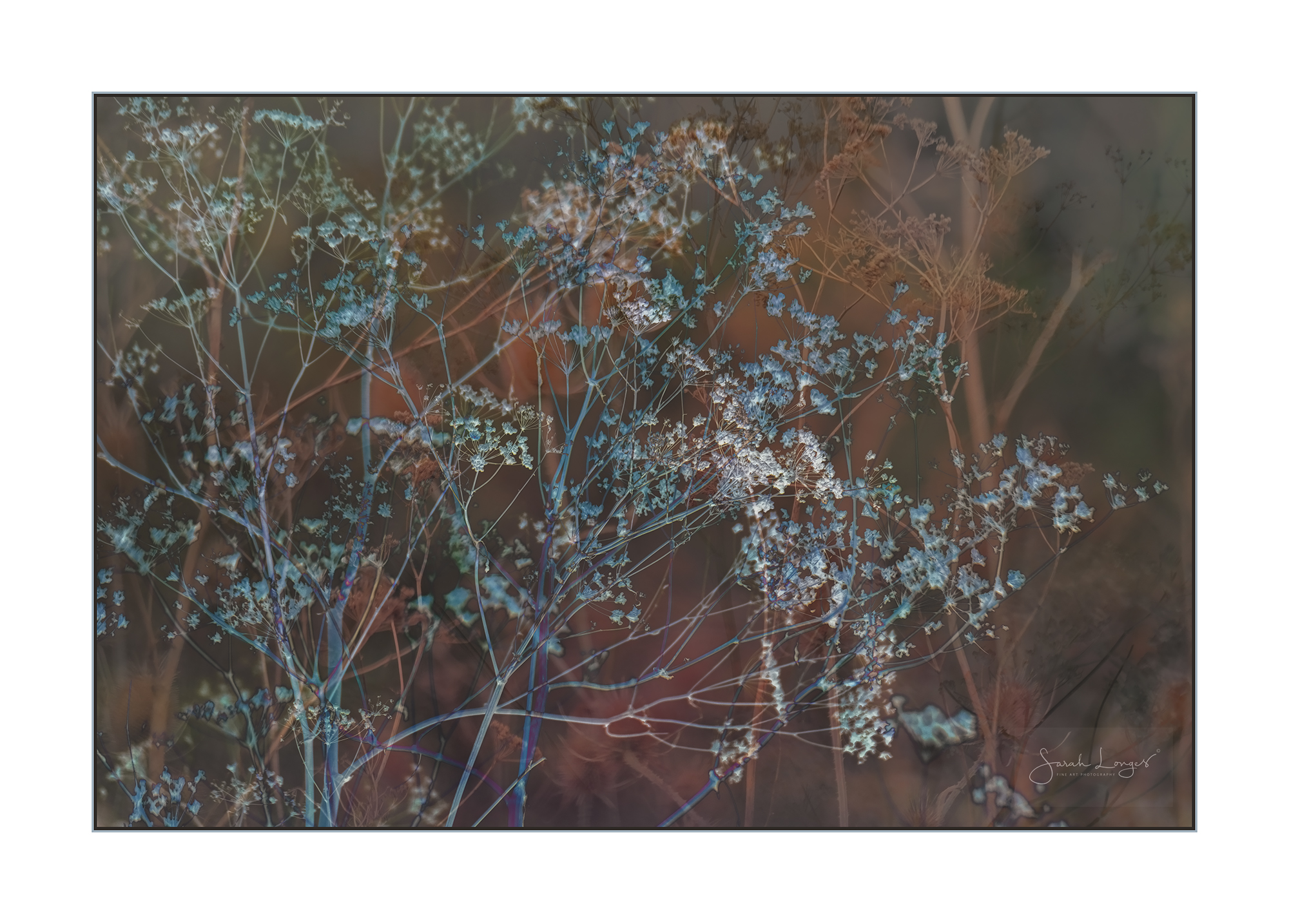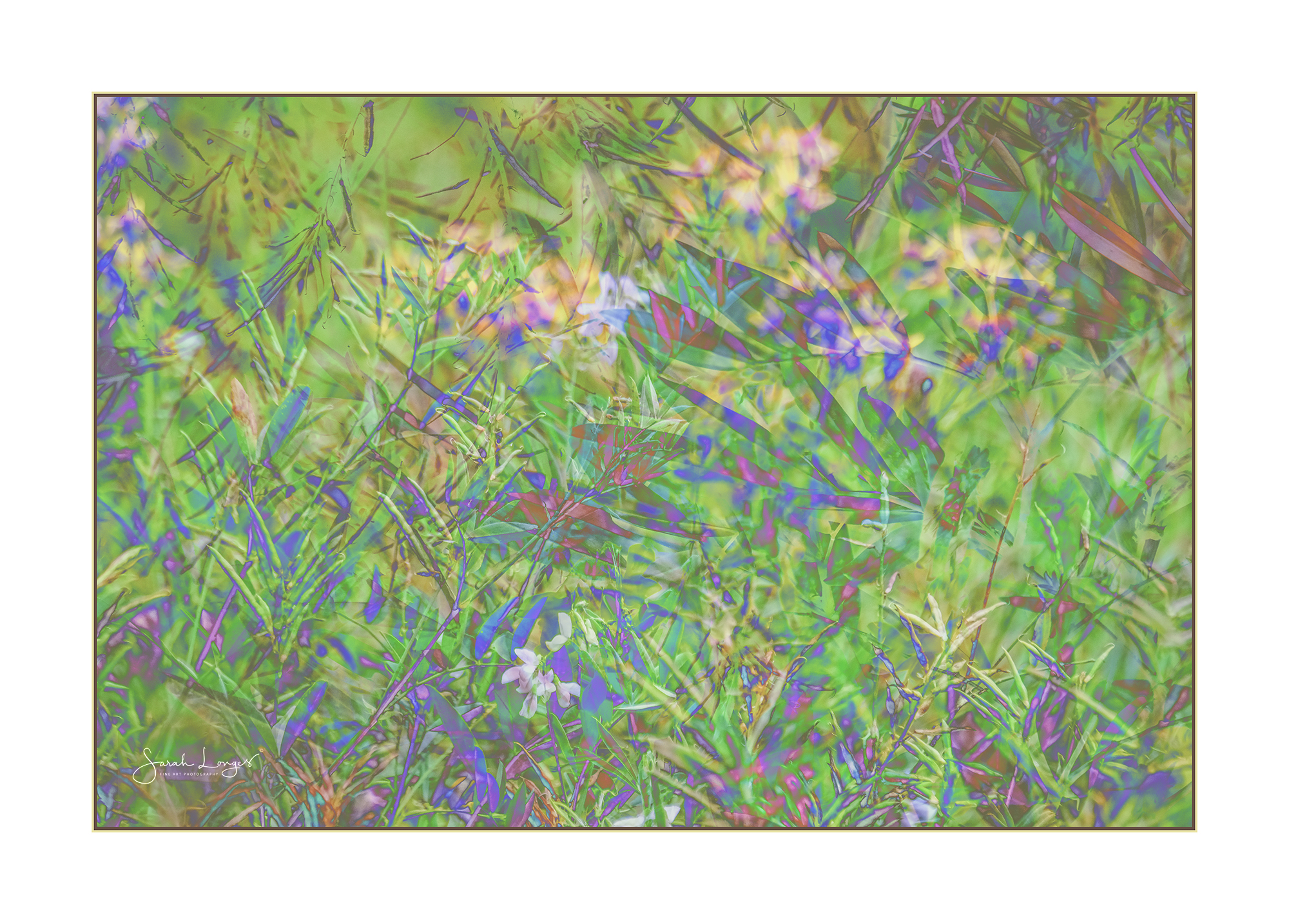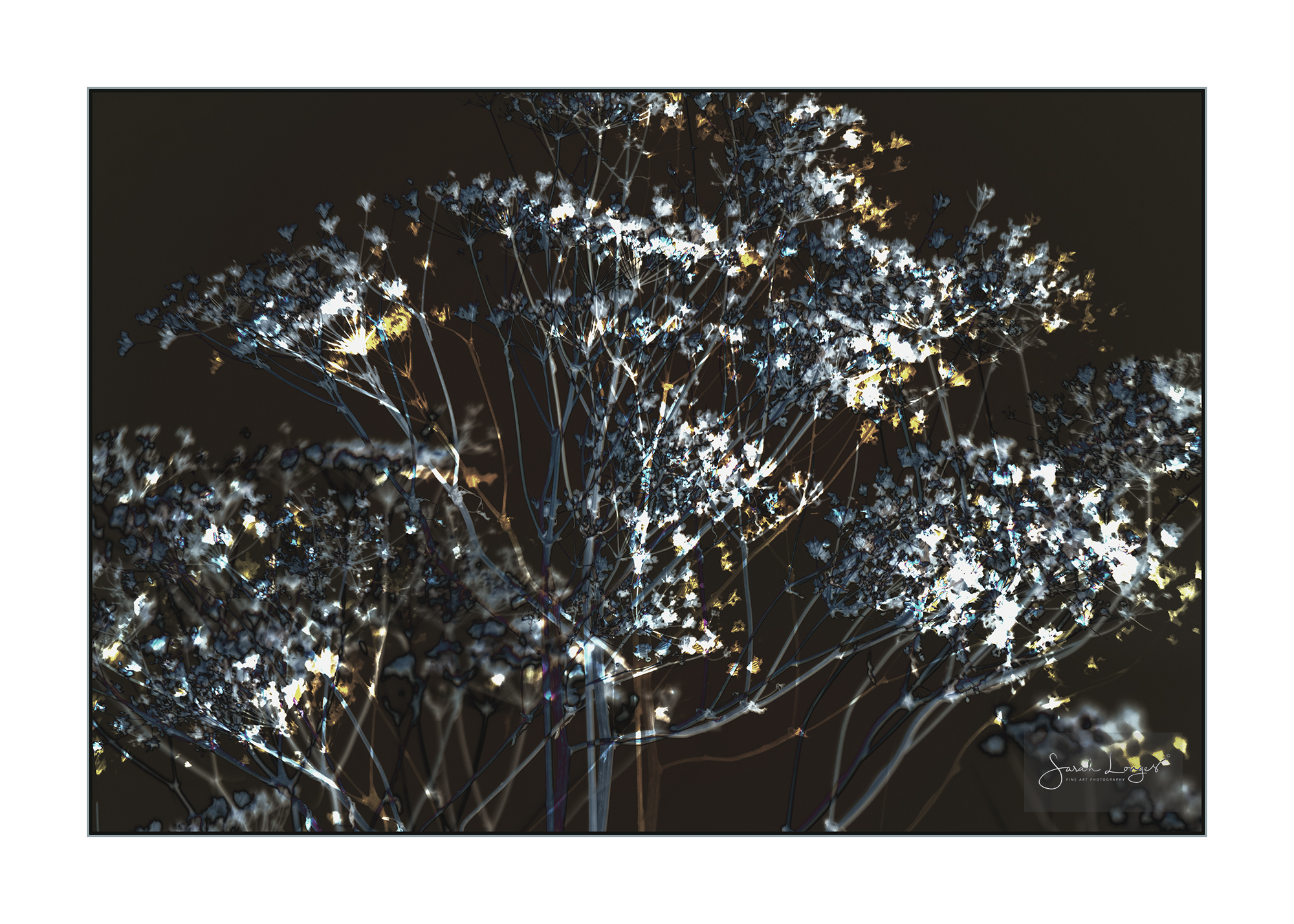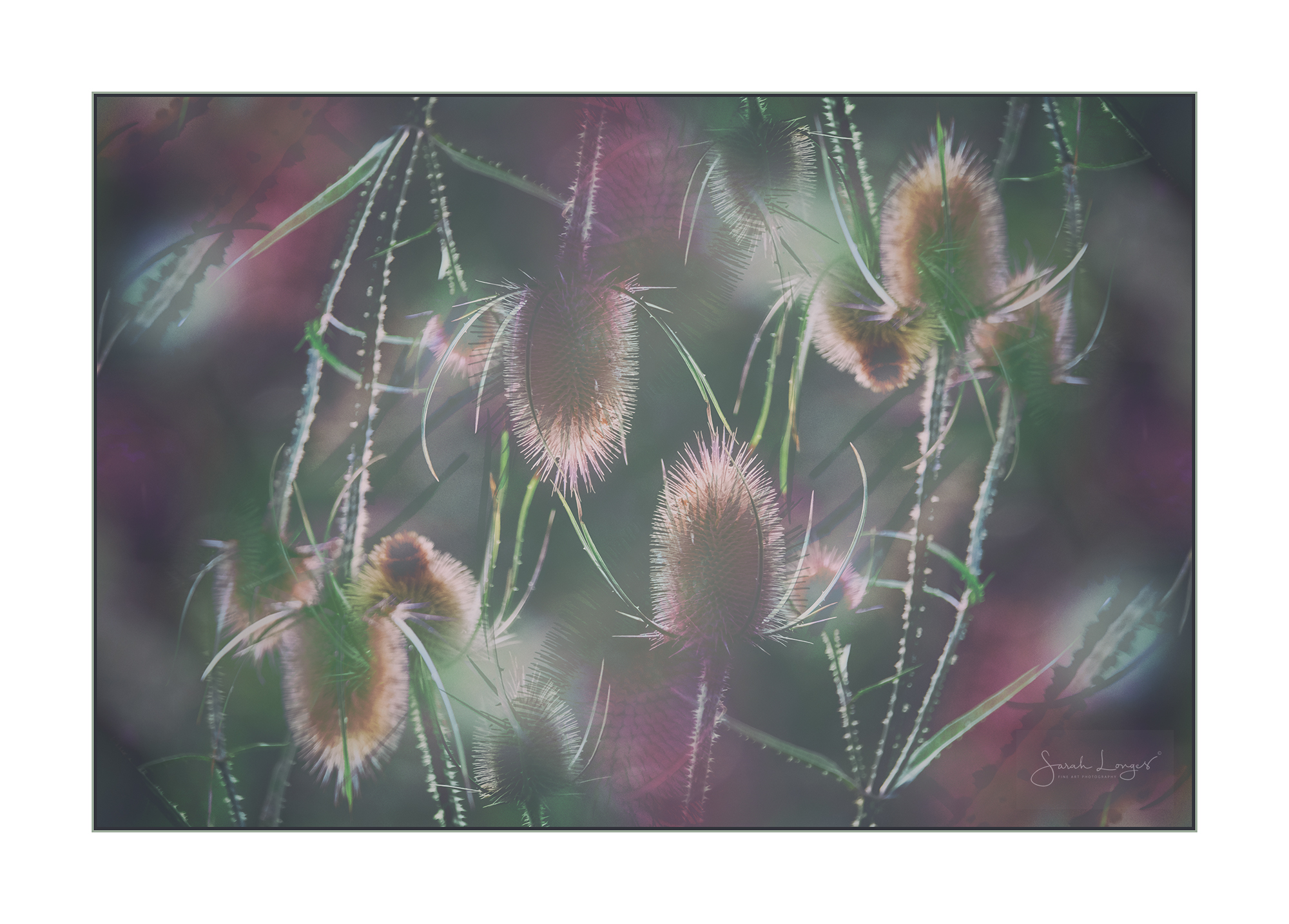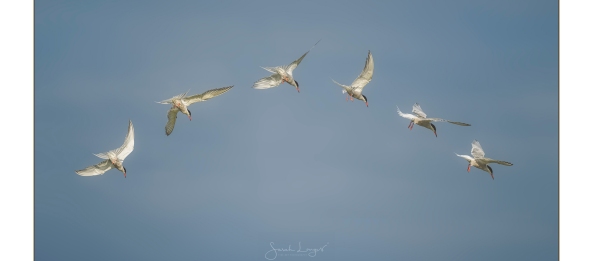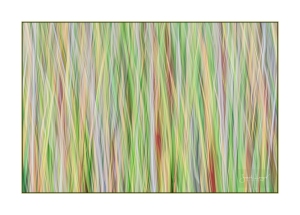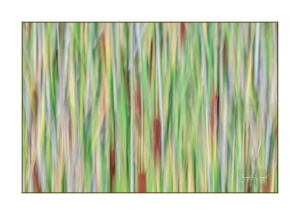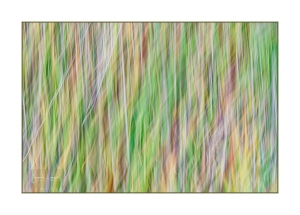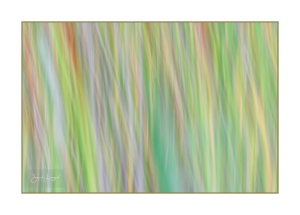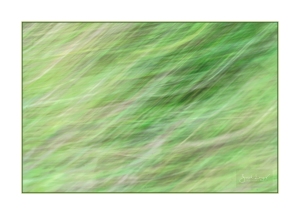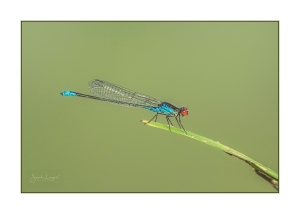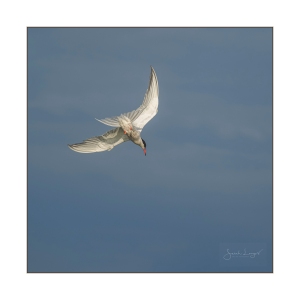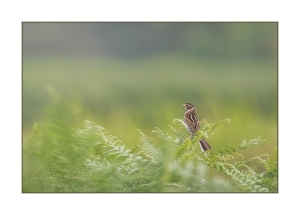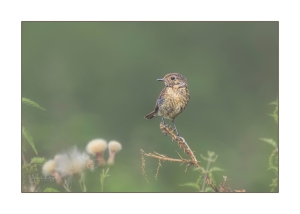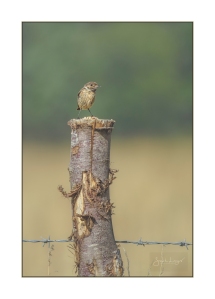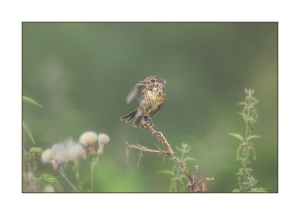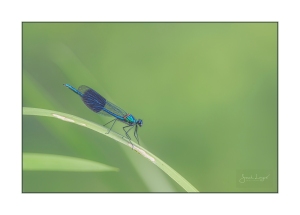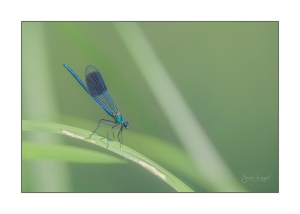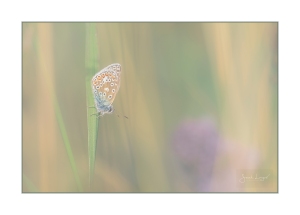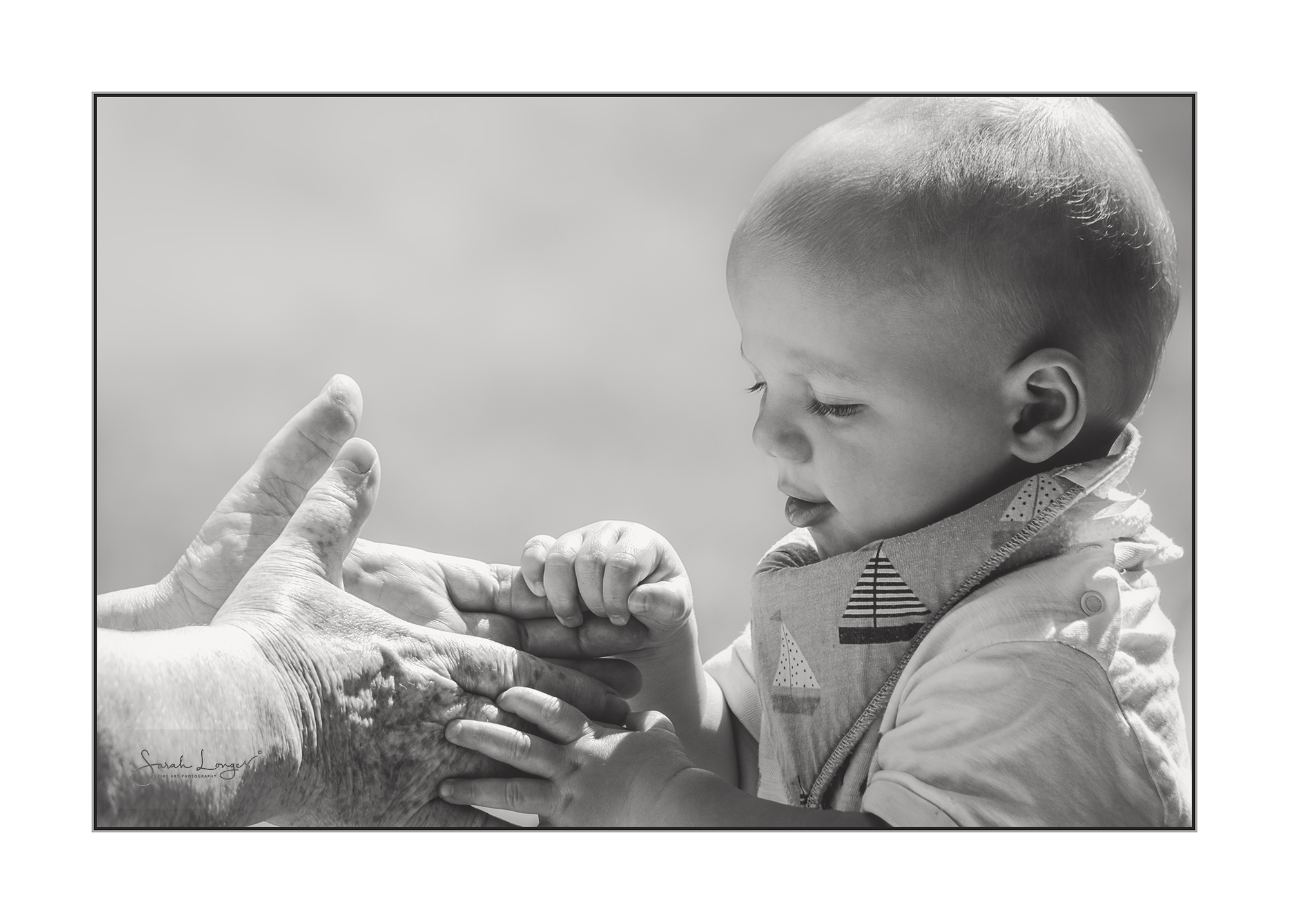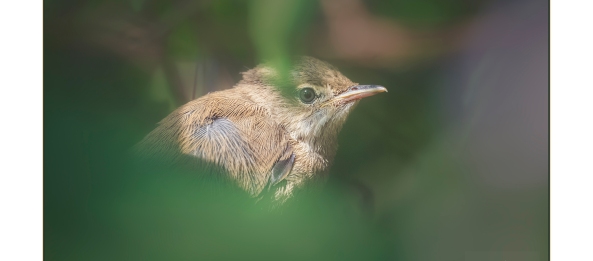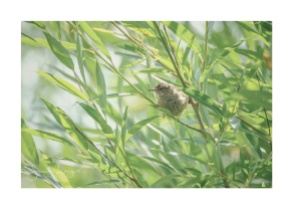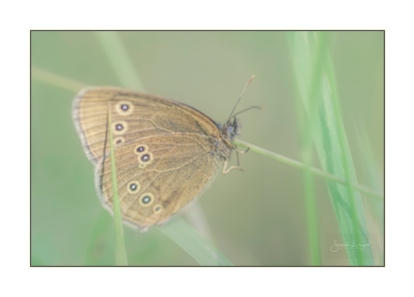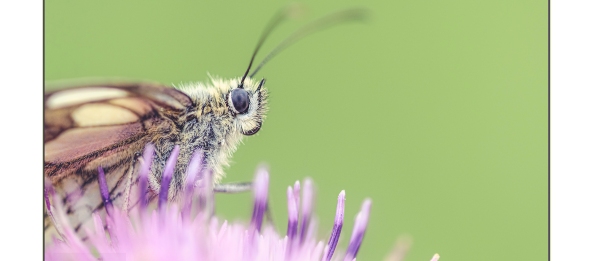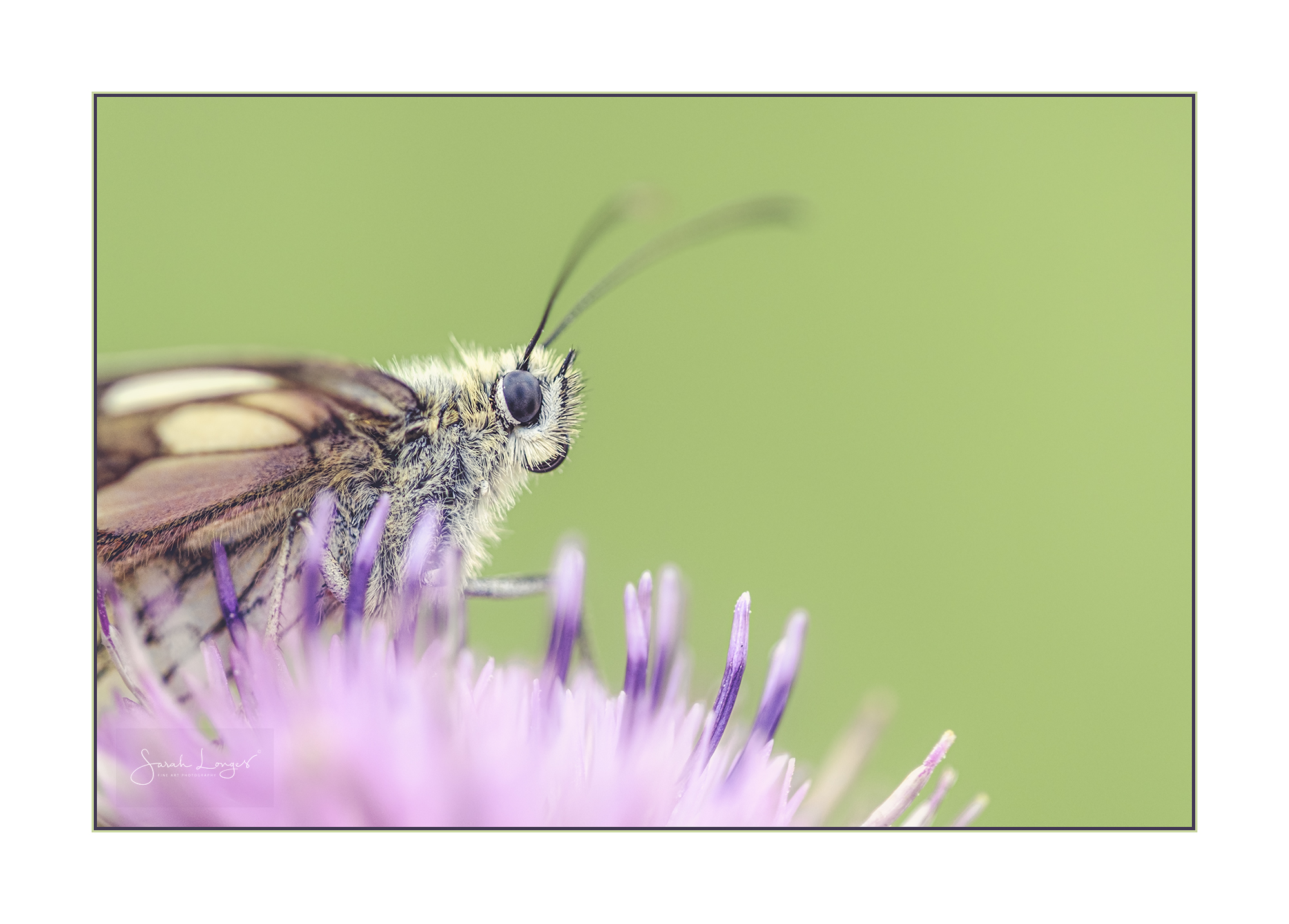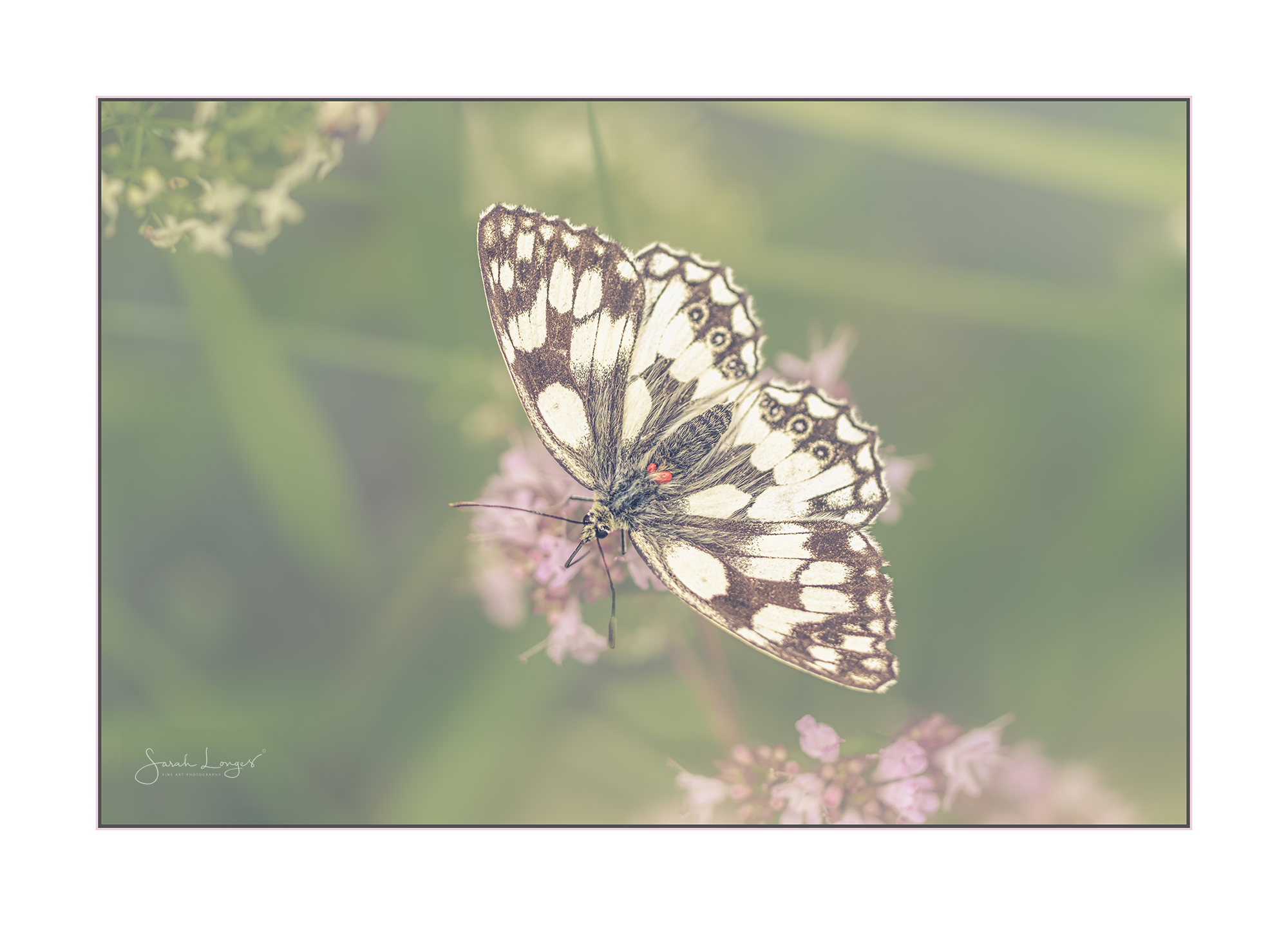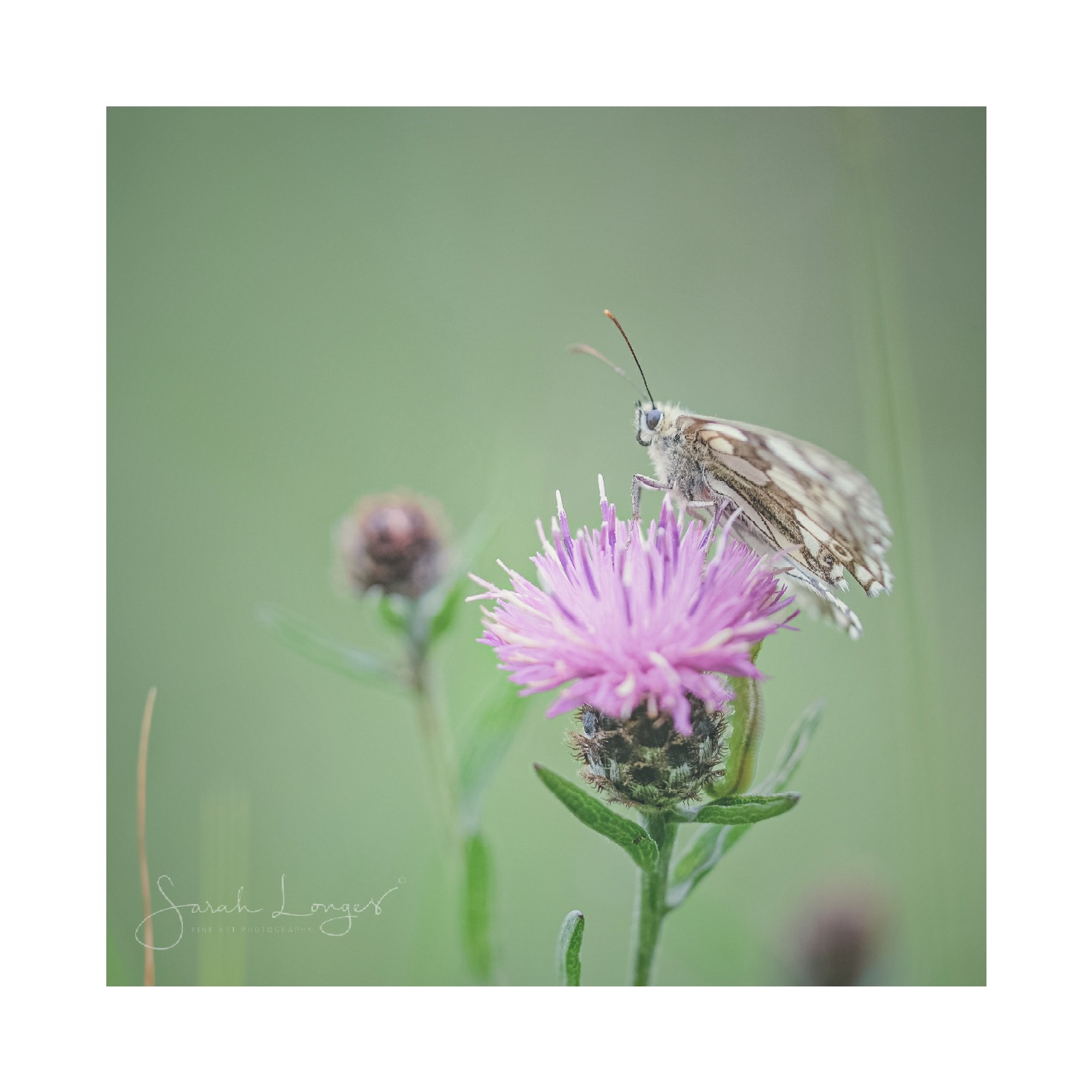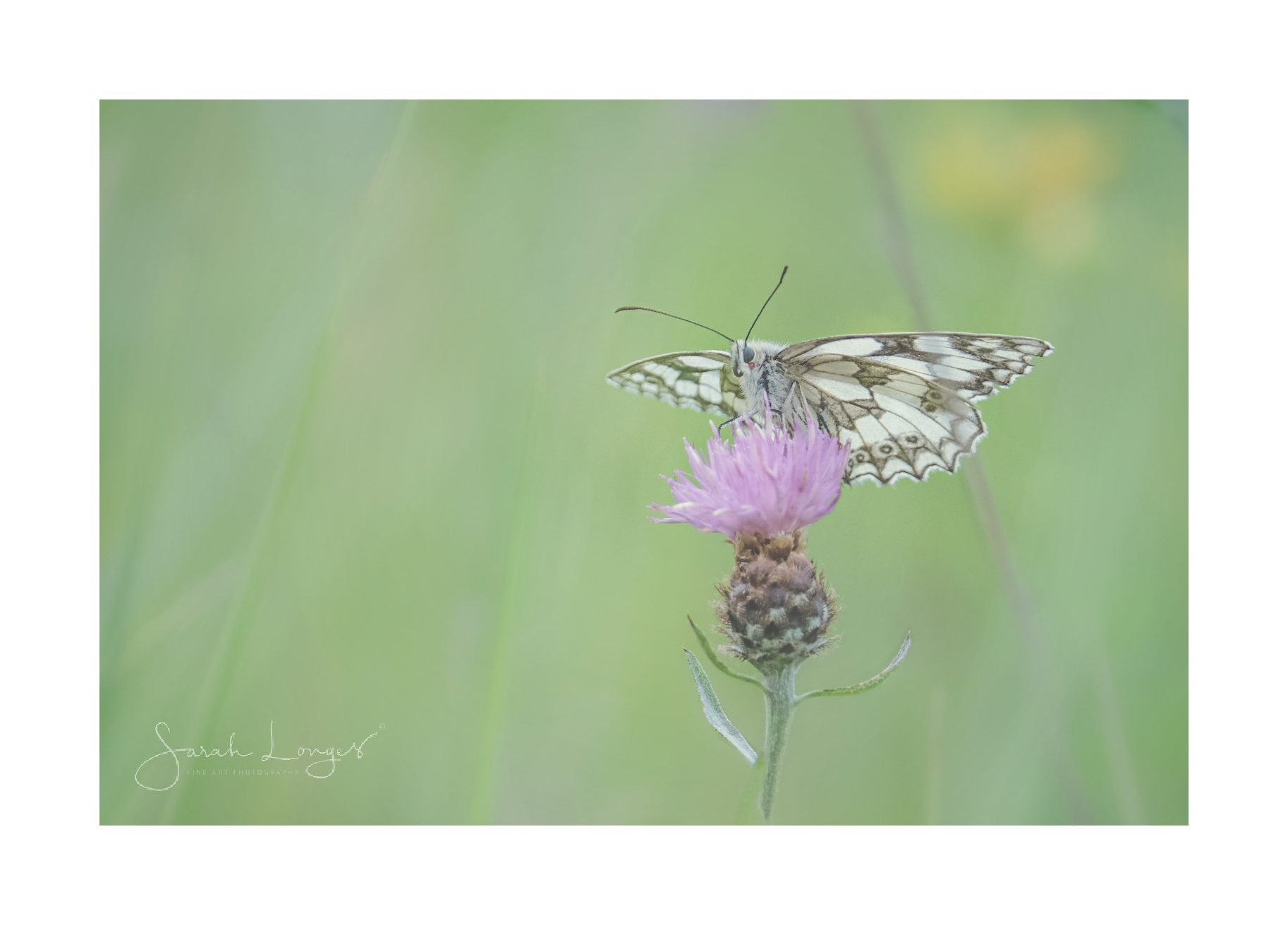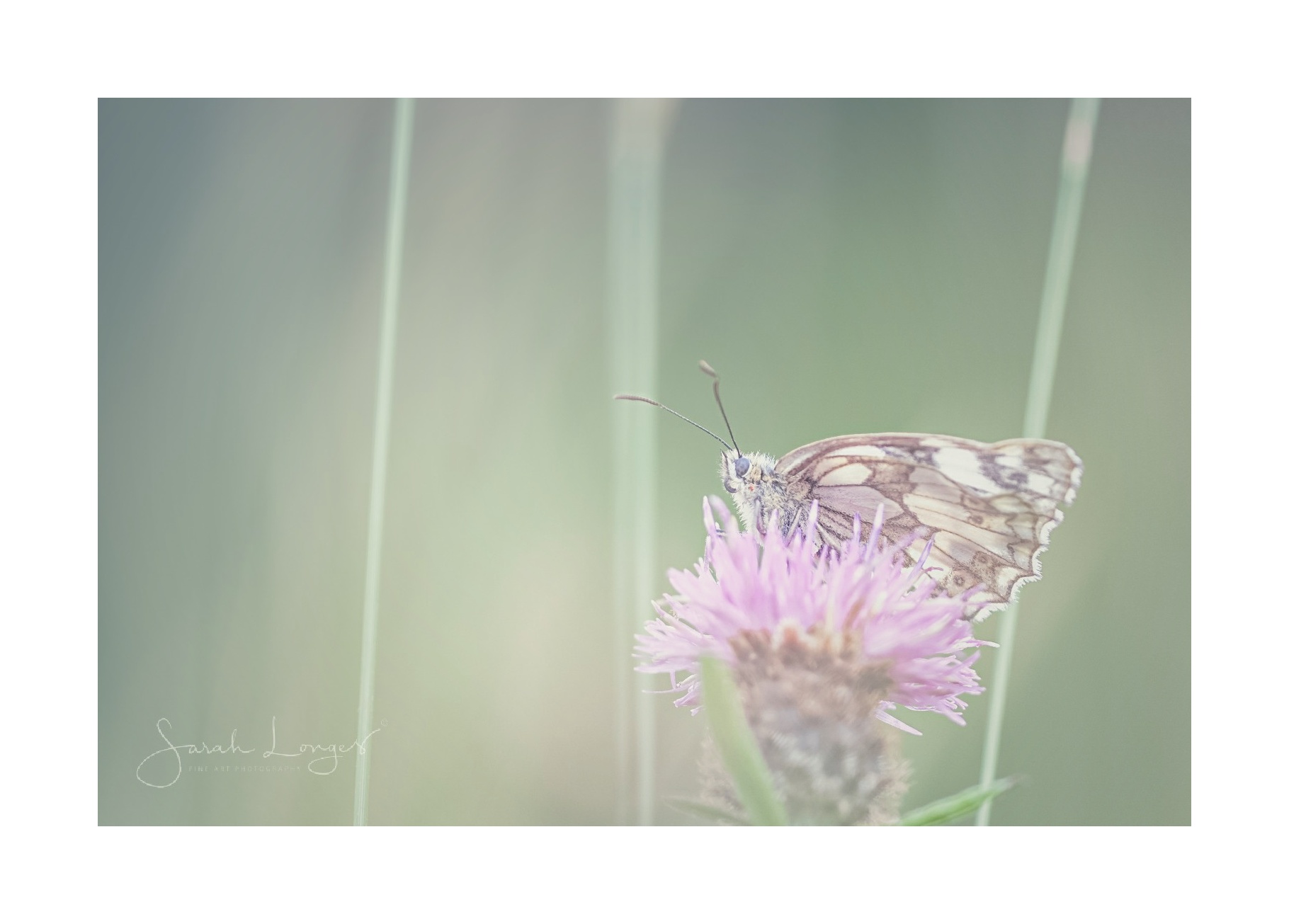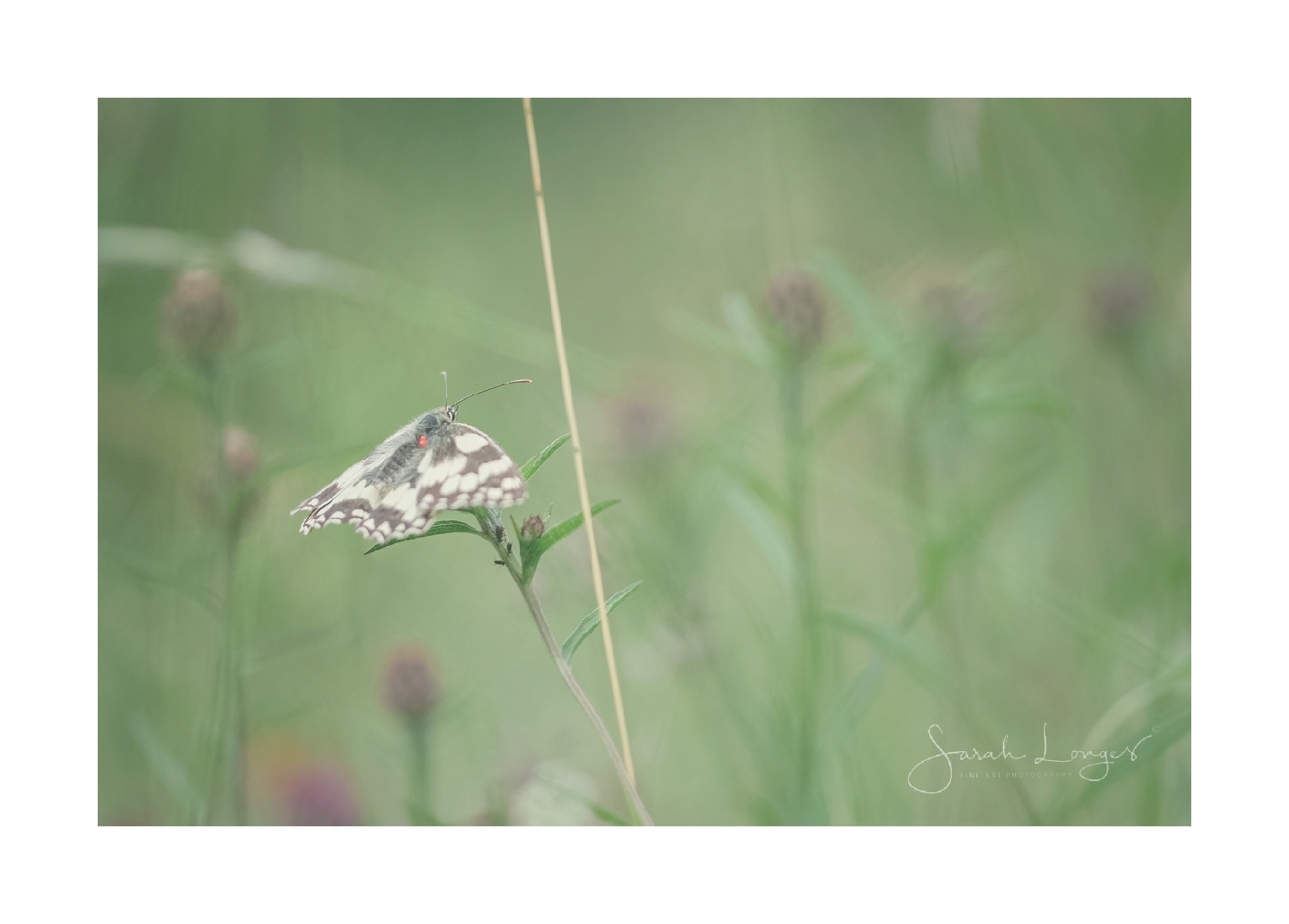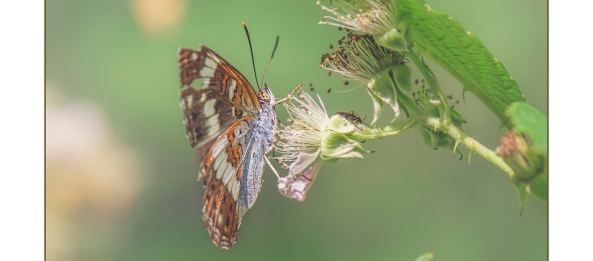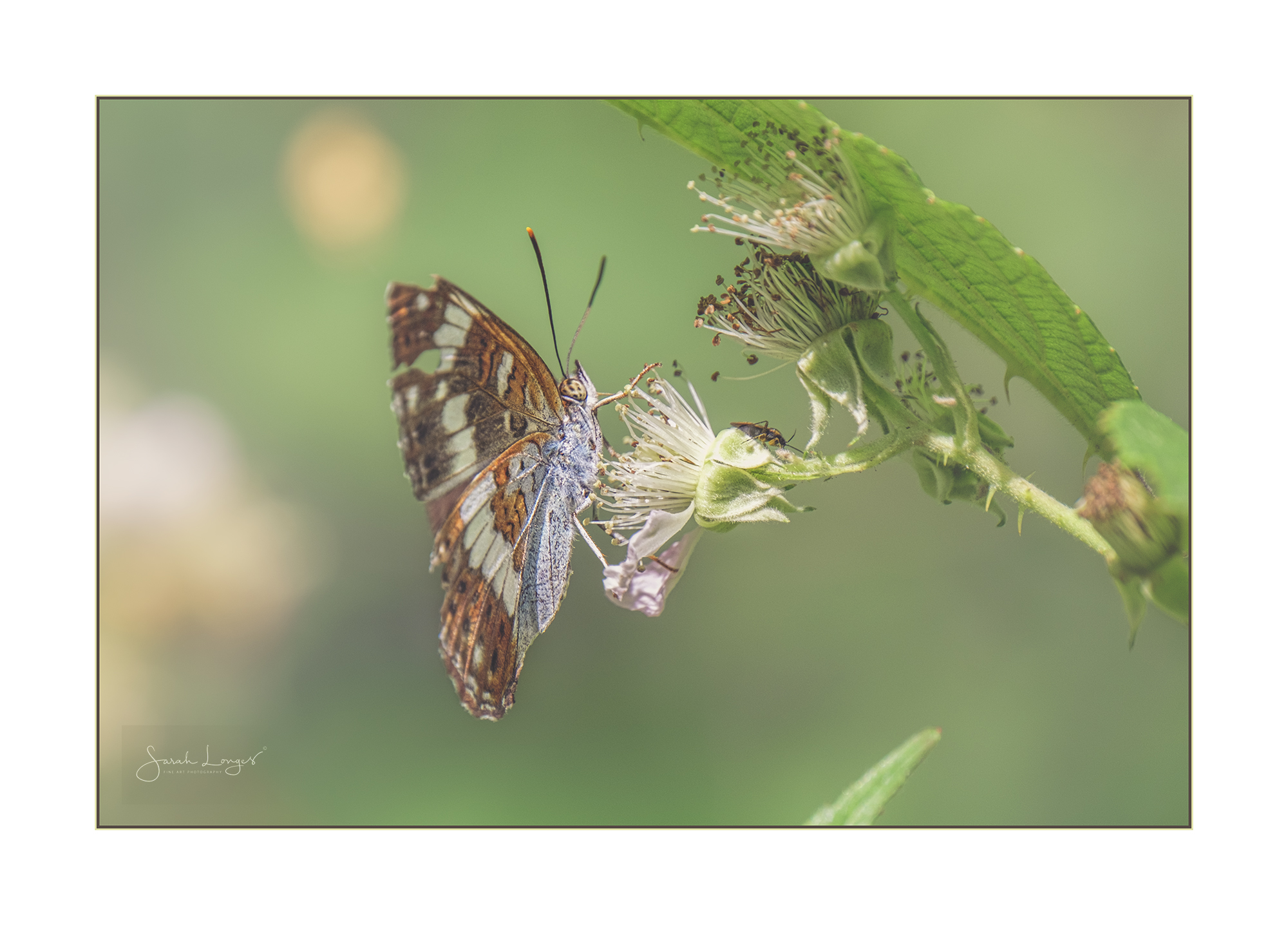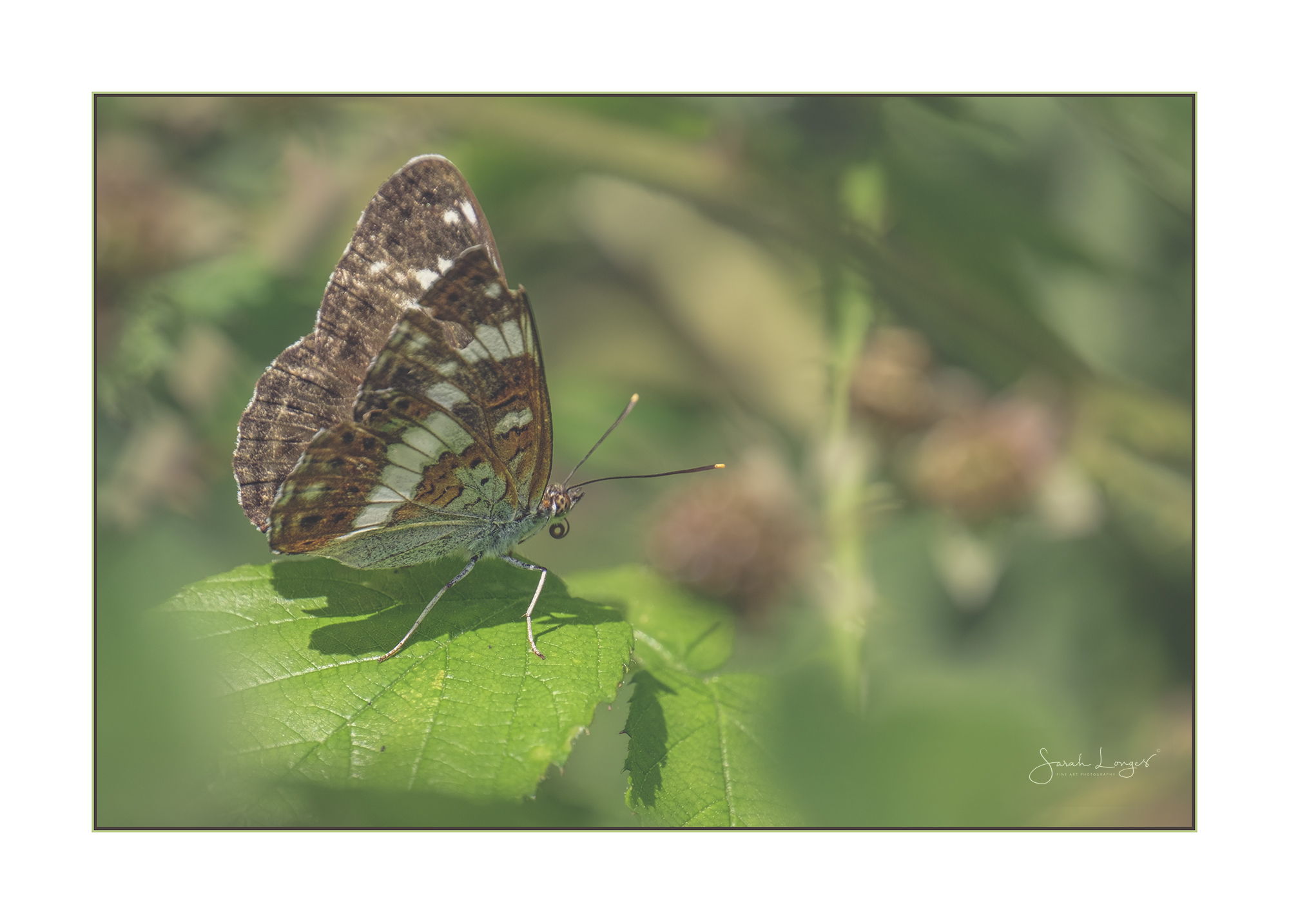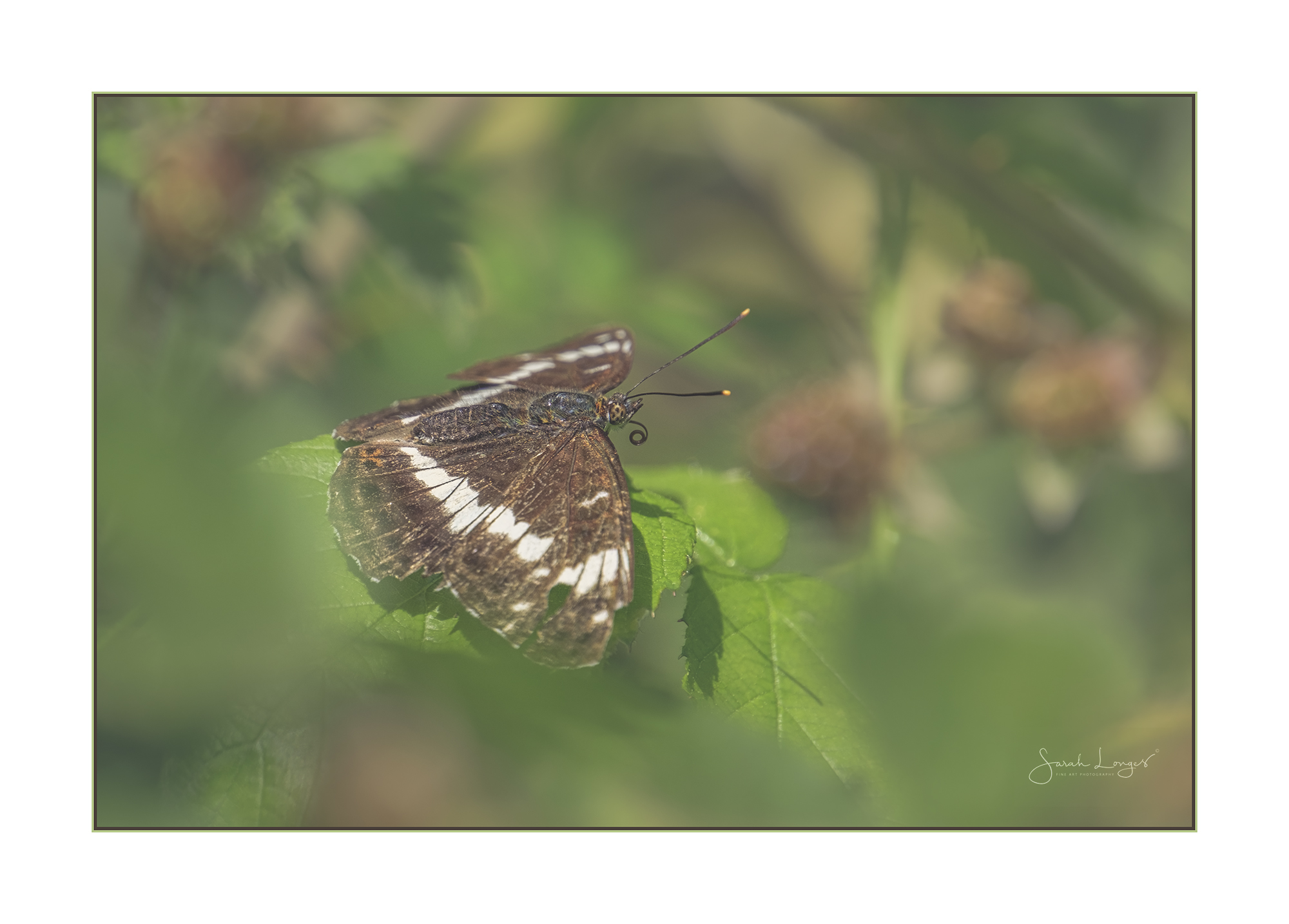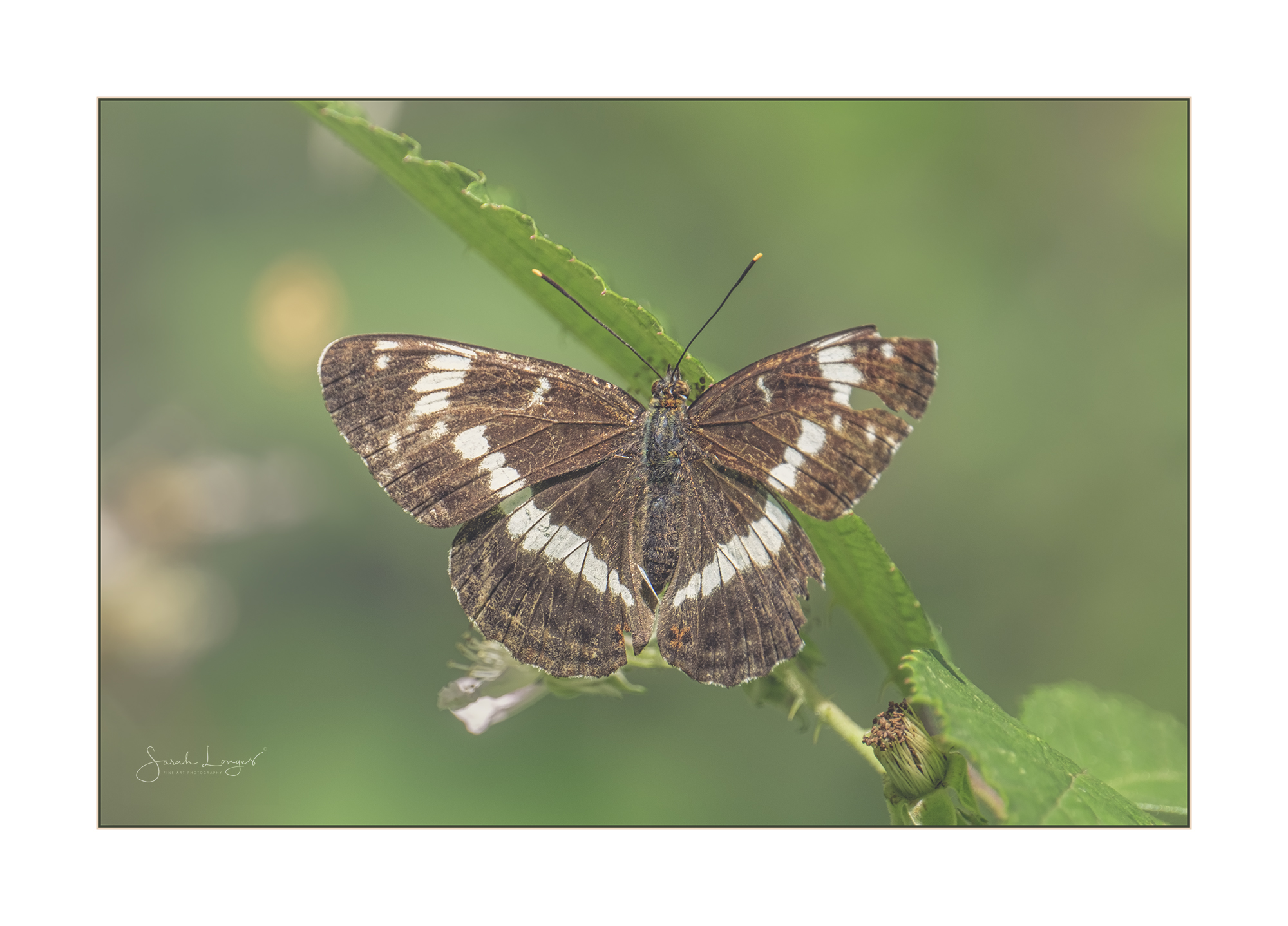ShareTwoMondays2020 – Taking Terns
I short-changed you all last week, many apologies! So today you get two weeks worth of news and images. Above is my entry from last week, a composite of a common tern in flight over Heron Pond in Bushy Park. My entry this week is this female juvenile stonechat, in the brambles, at Papercourt Meadows. Such precious wildlife encounters, during challenging times, have been incredibly uplifting!
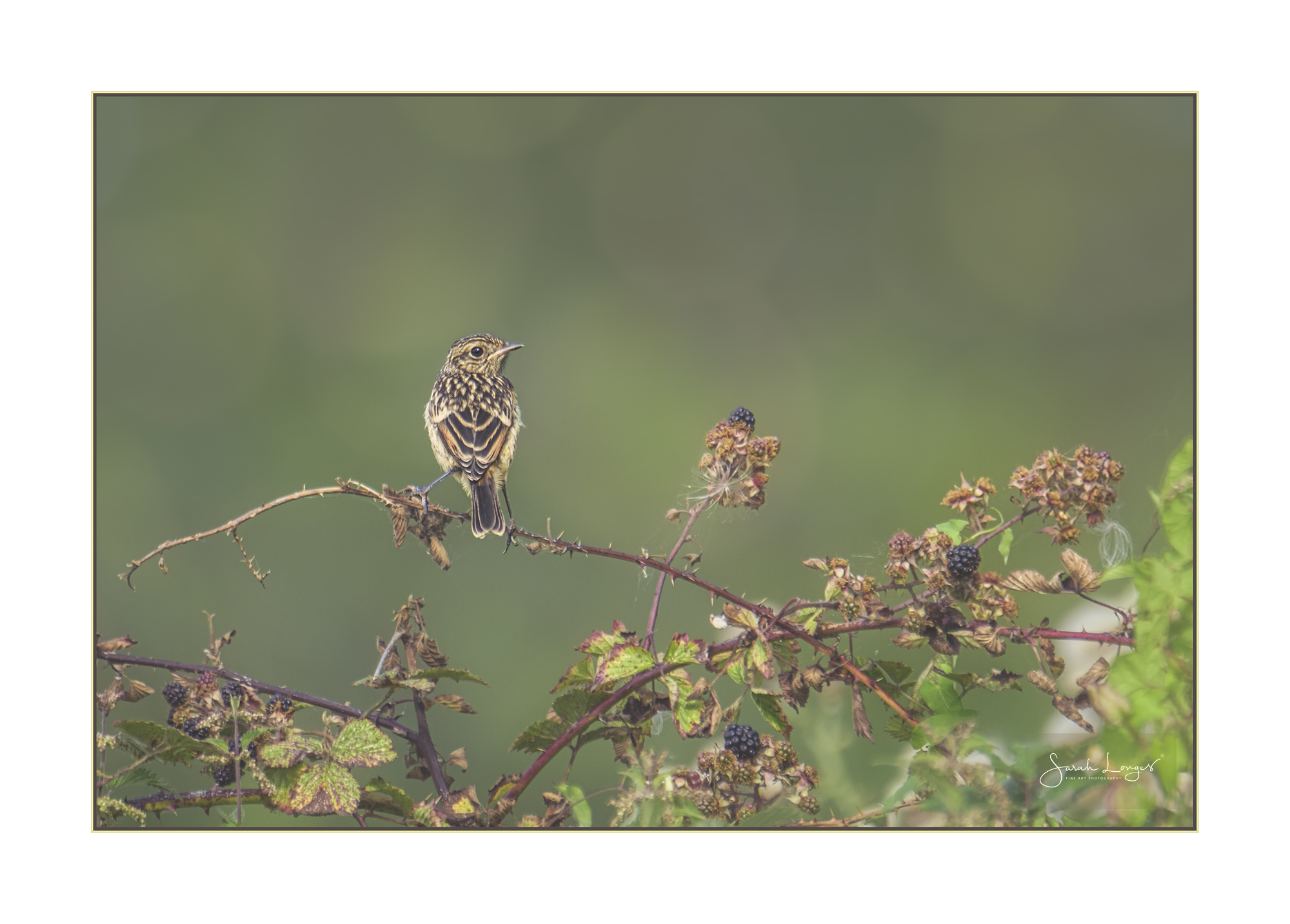
I had two appointments with hospital consultants the week before last! The first was a long-awaited follow-up with my specialist gastroenterologists from St Mark’s Hospital. Simon drove us all the way up to Northwick Park hospitals, where St Mark’s is based, only to find that their off-site admin had sent out the wrong letters! It was a phone appointment. I had it with the senior registrar on the journey home lol! He was great, very comprehensive with his explanations on what is actually going on with my guts, and gave me clear information on the possible treatment plans. It was a long call! Almost an hour in the end and bless Simon, he took me straight to Heather Farm on the way home so I could process everything!
There were so many gatekeeper butterflies! Such a joy to see them. I really identify with the butterflies that I have always loved so much. Their resilience just astounds me! Such delicate and vulnerable creatures, but there is so much strength in them. Many species have very specific habitat requirements. The right food sources for adults combined with the right food sources for larvae. My own diet has been getting more and more restricted over the last few years.
I had an MRI and an ileoscopy (camera into the small bowel through my stoma) just before we went into lockdown. I have two areas where the bowel is narrowed from adhesions (scar tissue) and this causes “hold up” or obstructive problems. Food can’t pass through easily and causes distension, or bulging, of the bowel just behind these obstructed areas. Yes, it is rather painful! I’ve been managing it by cutting out more fibrous and indigestible matter from my diet. The part they’re most concerned about is the section leading to the stoma. Where the bowel is passed through the abdominal muscles and wall, it has become tortuous, like a really bendy road, stuck together with scar tissue, and part has prolapsed through the abdominal wall itself. No wonder it’s become so painful and I have been having more frequent partial obstructions!
There are two possible surgical options. Both are less invasive than the full open abdominal surgery I have had before but they will require a bit of time in hospital and recovery. It could be a while before I actually get to see the surgeons, as they’ve only just been able to start doing planned surgery again, and outpatient appointments are still mostly over the phone. Many patients who attend St Mark’s are immunocompromised like myself and will have been shielding. Even my consultant has been shielding! Getting services running again is a huge challenge for them, especially as Northwick Park Hospital was at the forefront of treating Covid patients in London from the outset of the pandemic. I have so much admiration for them all!

Flying ants emerging and climbing to the top of grasses to take flight and form new colonies.
We all face personal challenges in our lives, and at times like this, it can feel even more like a scramble to get the help that is needed to move forward. That might be getting financial assistance due to work loss from Covid disruption, getting an urgent surgery rescheduled, trying to get back to work safely as a shielded individual, or getting your education back on track after the disruption. The one constant in life is change! In many ways I feel that I was better prepared for the difficulties we have faced this year because of my experiences of living with chronic illness. When I watch nature and wildlife I am constantly reminded that we are not alone in facing change and challenge! Watching the newly fertile flying ants emerging from the ground, struggling up grasses and scrub to take flight and form a new colony was a real privilege. This is life, it is fleeting and in constant flux. It is wondrous, precious, strong and vulnerable.
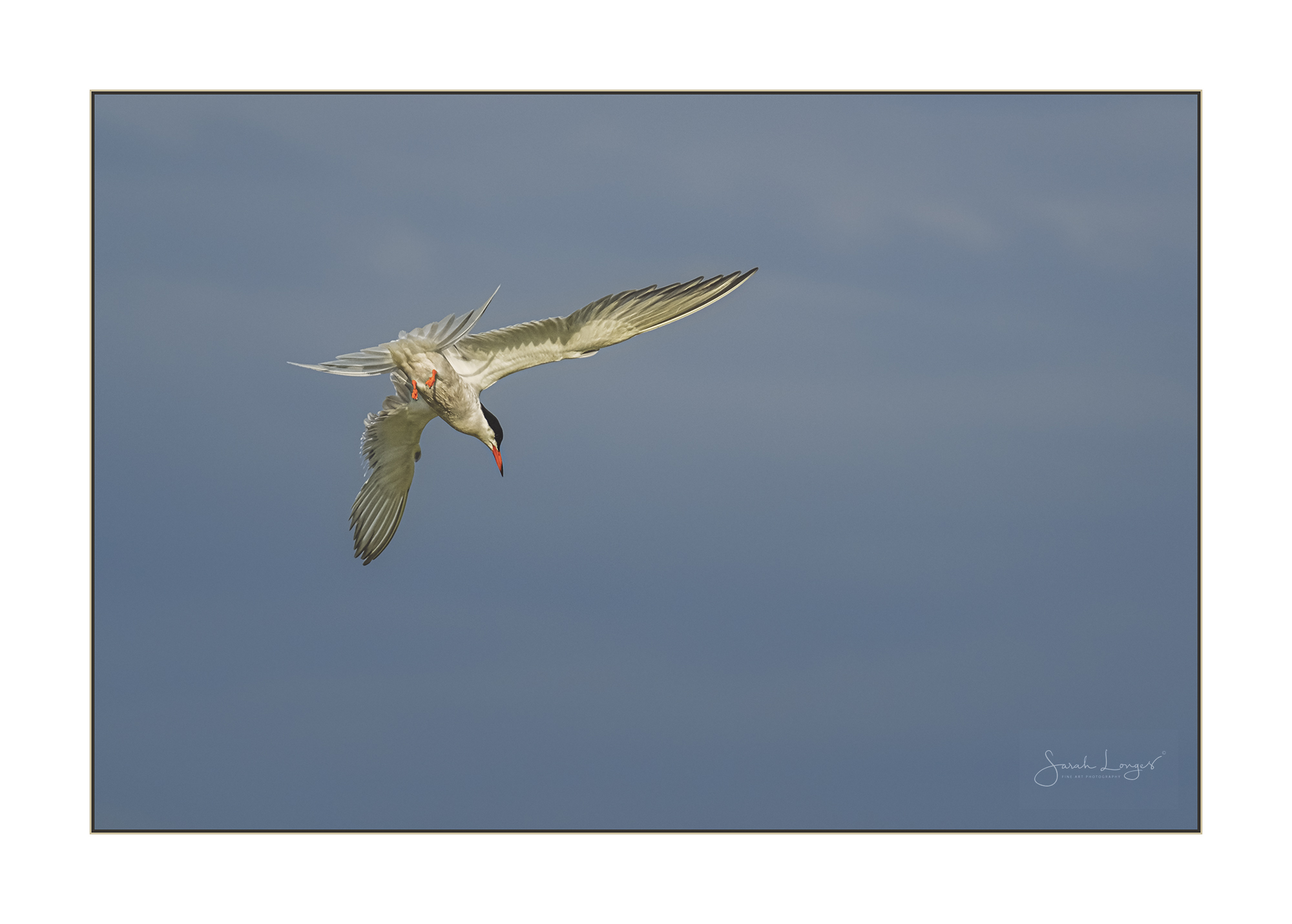
Common Tern at Bushy Park
On the last day of July I had a more simple appointment with the dental surgeons at Guy’s Hospital. A quick check to ensure everything had healed well and I have been discharged! I will likely have to see them again in the future but the hope is that all the measures that have been taken, along with my special dentures, will delay the loss of other teeth as long as possible. Incredible to think that all the decay and loss of teeth stems from dry mouth! I only have four of my own upper teeth remaining. Our saliva is a natural defence against many types of harmful bacteria and fungi that inhabit our mouths. By the time the oral medicine team at Guy’s Hospital had seen me and diagnosed the condition, so much damage had already been done. All the specialist teams at Guy’s Dental hospital have done everything they can to treat my condition and help me manage my dental care to protect my remaining teeth. I can’t have dental implants sadly, as my bone density was impaired by years of steroid medication and my infection risk is very high from the current immune suppression therapies. The worst part of that appointment was the drive in and out of London! I have been advised not to use public transport still because of my extreme risk factors. That day was the hottest of the year, almost 38 degrees in London! The journey is about 30 miles but took two hours. I headed to Bushy Park on my way home for some fresher air and just to wind down a bit!
It did me the power of good! A breeze had started up and the wildlife was getting more active as temperatures finally dropped off a bit. It was late afternoon by the time I got there and so the park wasn’t too busy. It’s always a joy to watch the smaller birds flitting about in the bracken! Reed bunting, wrens, blue and great tits and stonechats all made brief appearances. There were lots of gatekeeper butterflies and the red-eyed damselflies were a real treat to see! I hadn’t expected to still see any terns around the pond so the sight of one adult tern circling and skimming the water to drink, was wonderful. I could have happily watched this incredibly acrobatic flier until the sun set! Capturing a series in flight, using burst mode shooting and continuous focussing, allowed me to put together the composite showing the tern making a turn in front of me. I was really thrilled with the response to the image in the weekly competitions on Twitter! Making shortlists is always a real bonus.
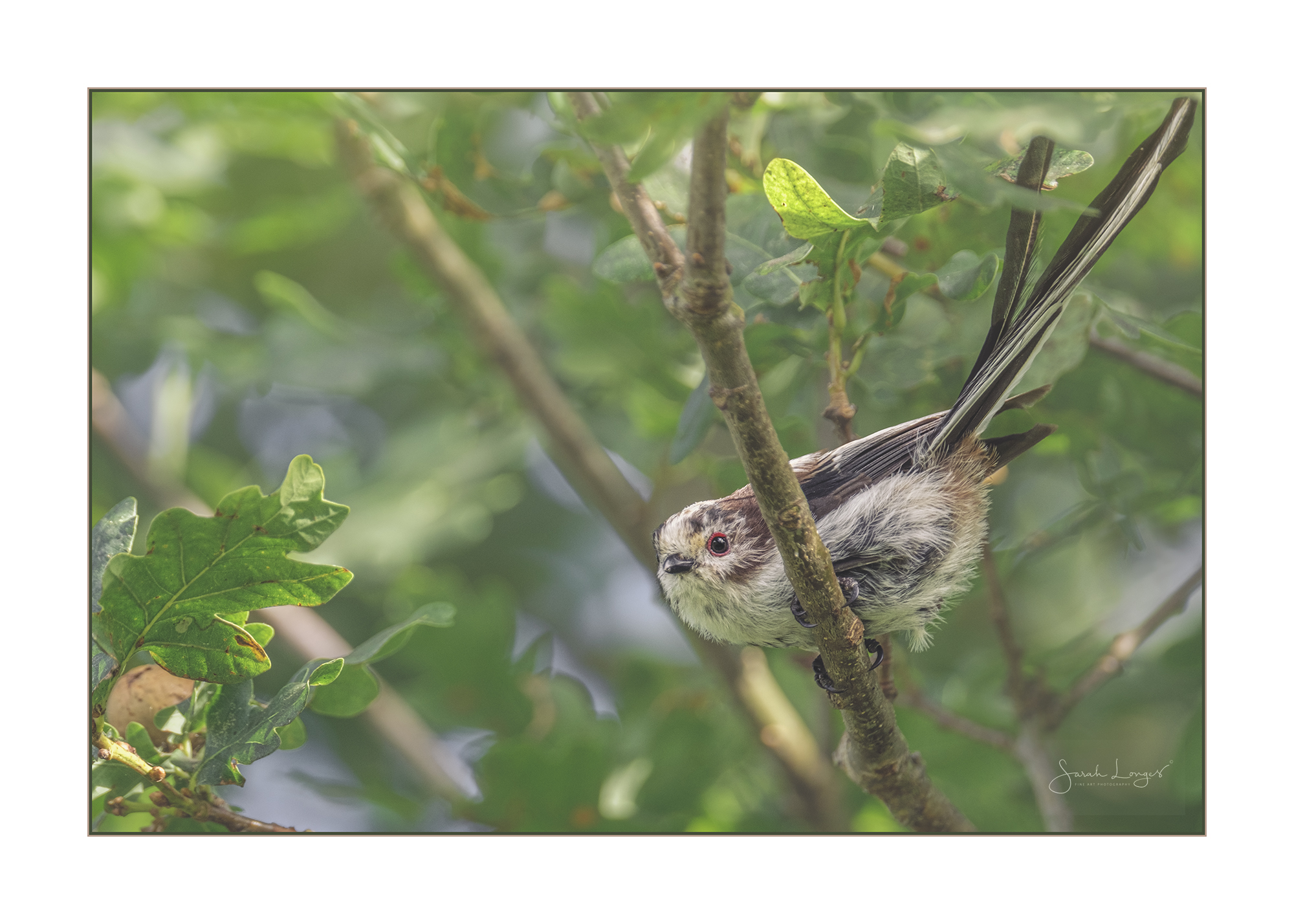
Long-tailed tit in an oak tree at Papercourt Meadows
Of course I am far from the only person dealing with physical or mental health difficulties at the moment! I’m sharing so much about my health in this blog, partly to update people on what’s going on with me, but also to let others in a similar position know that they are not alone. Over the last few months many of my family members and dearest friends have been battling ill health. Some of them have been in and out of hospital during the pandemic and I want to thank the NHS for keeping them safe and looking after them well, despite the difficulties they have been facing. The very hardest thing for us as family and friends, is the inability to be with our loved ones. It brought home the plight of the families of those who have sadly passed away from Covid 19 in hospital. My heart goes out to you all!
I was able to watch a beautiful family of stonechats at Papercourt Meadows last Wednesday, after having my routine blood test done. It was the first time I have been back into our local health centre! All my doctors appointments have been via phone and video, and nurses had been sent out to me to do blood tests while shielding kept us indoors. I think they’ve got everything set up well to keep patients and staff as safe as possible. It was very breezy at the meadows which I really enjoyed with the heat we’ve had! The stonechats had four juveniles who are starting to feed themselves but still getting a number of extra feeds from their parents. It was lovely watching them busily flitting from the hawthorn to the brambles, perching on the fenceposts and the tops of scrub in the tall grasses. It probably wasn’t the best conditions for macro (too windy!) but I did find a fabulous crab spider on a dog rose near the river bank!
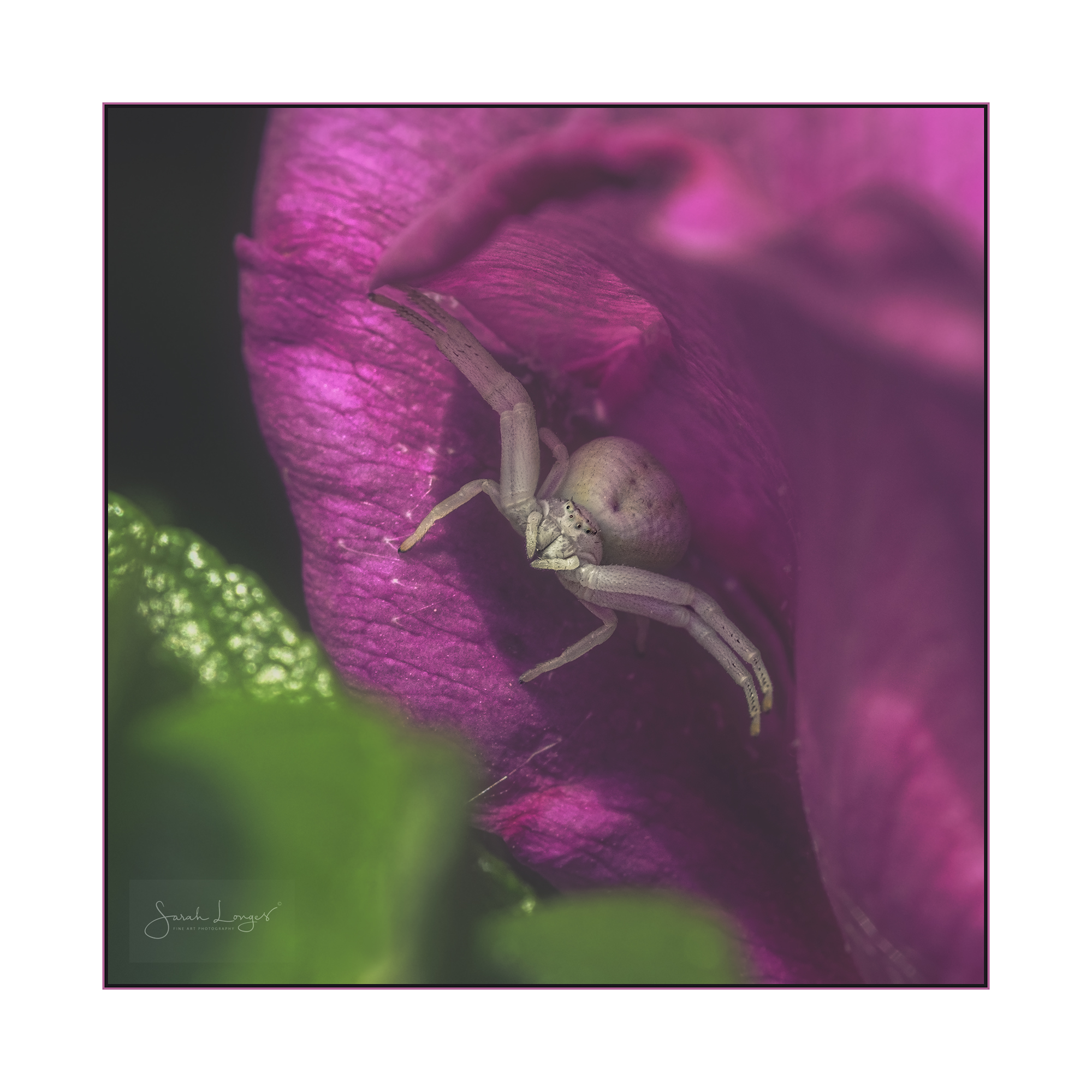
I have always loved being by the water, and Papercourt Meadows are bordered by both the River Wey and the Wey Navigation canal. It makes it a rich habitat for a real variety of plants and invertebrates. That brings in lots of birds, small mammals and some fabulous birds of prey too. The kestrel was out hunting but she was far too distant to photograph. Still, it’s such a thrill to watch them hover and then dive down into the grasses! I haven’t caught sight of the barn owls at all and I have to wonder if the extreme weather conditions this year have affected the numbers of voles present in the meadows. Just before we went into lockdown, the meadows were flooded. It was absolutely inaccessible even in wellies or waders! Since the heat of May, the ground of the meadows has dried out and become rock solid in areas that would usually still be boggy. Not great conditions for any small burrowing mammals that are the key prey species of barn owls!
Invertebrates are doing pretty well at the meadows. I really enjoyed finding banded demoiselle and common blue butterflies in the grasses and reeds along the river bank! The sunlight was picking up the iridescent colours on these little beauties. A perfect end to a glorious day by the river! Whatever challenges I am facing in life, I always manage to find peace and joy in the simple pleasure of watching wildlife. Good field-craft includes being still and quiet, which I find very meditative. Listening to the soft sounds of flowing river water, the rustle of leaves in the trees, the whisper of grasses in the breeze and the chatter and trill of birdsong. Every environment has it’s own soundtrack and it’s lovely to just get lost in it for a while. I hope everyone can find their own spaces of peace and tranquillity, to be still and mindful, to let a bit of nature into your soul.
